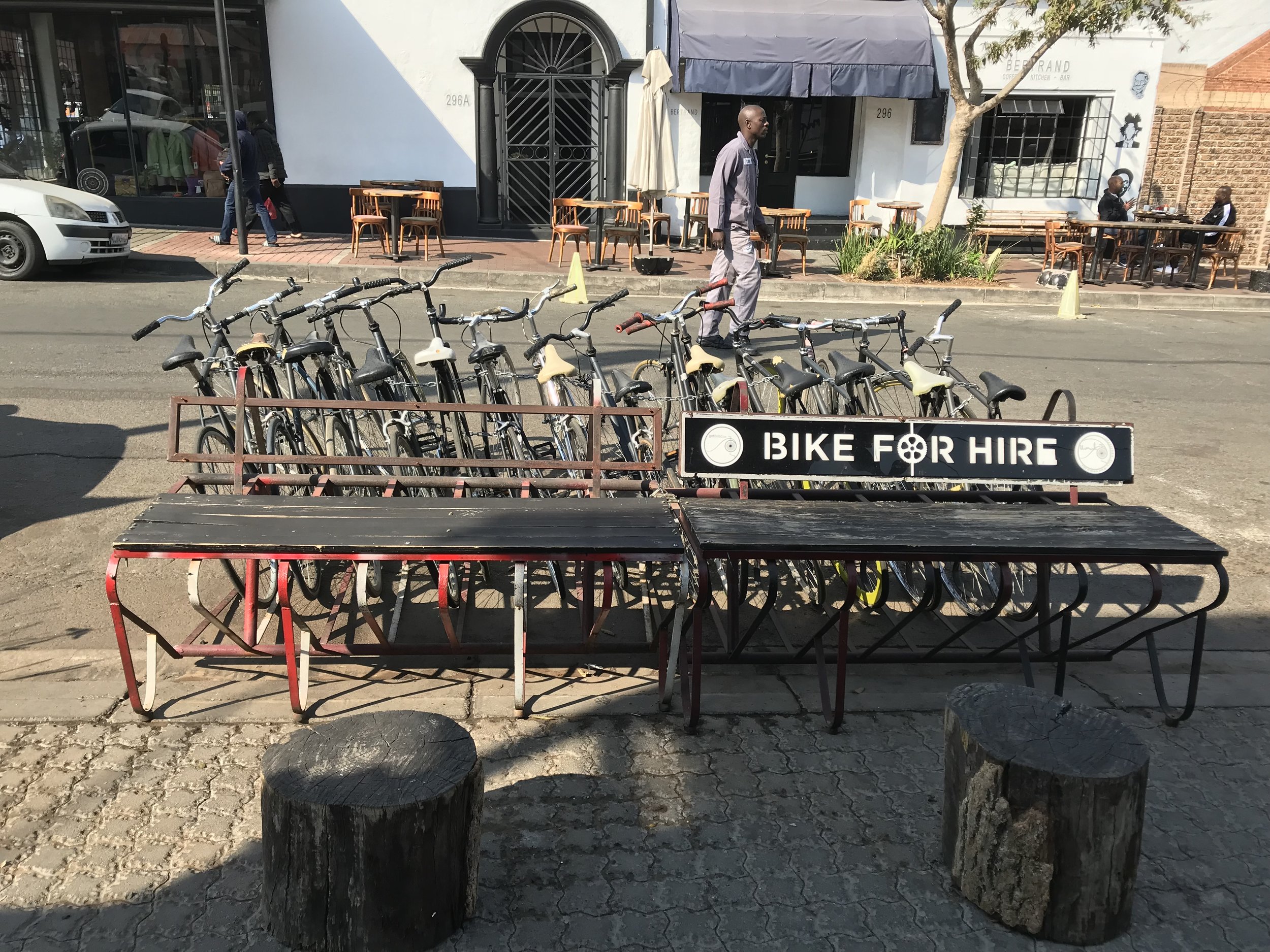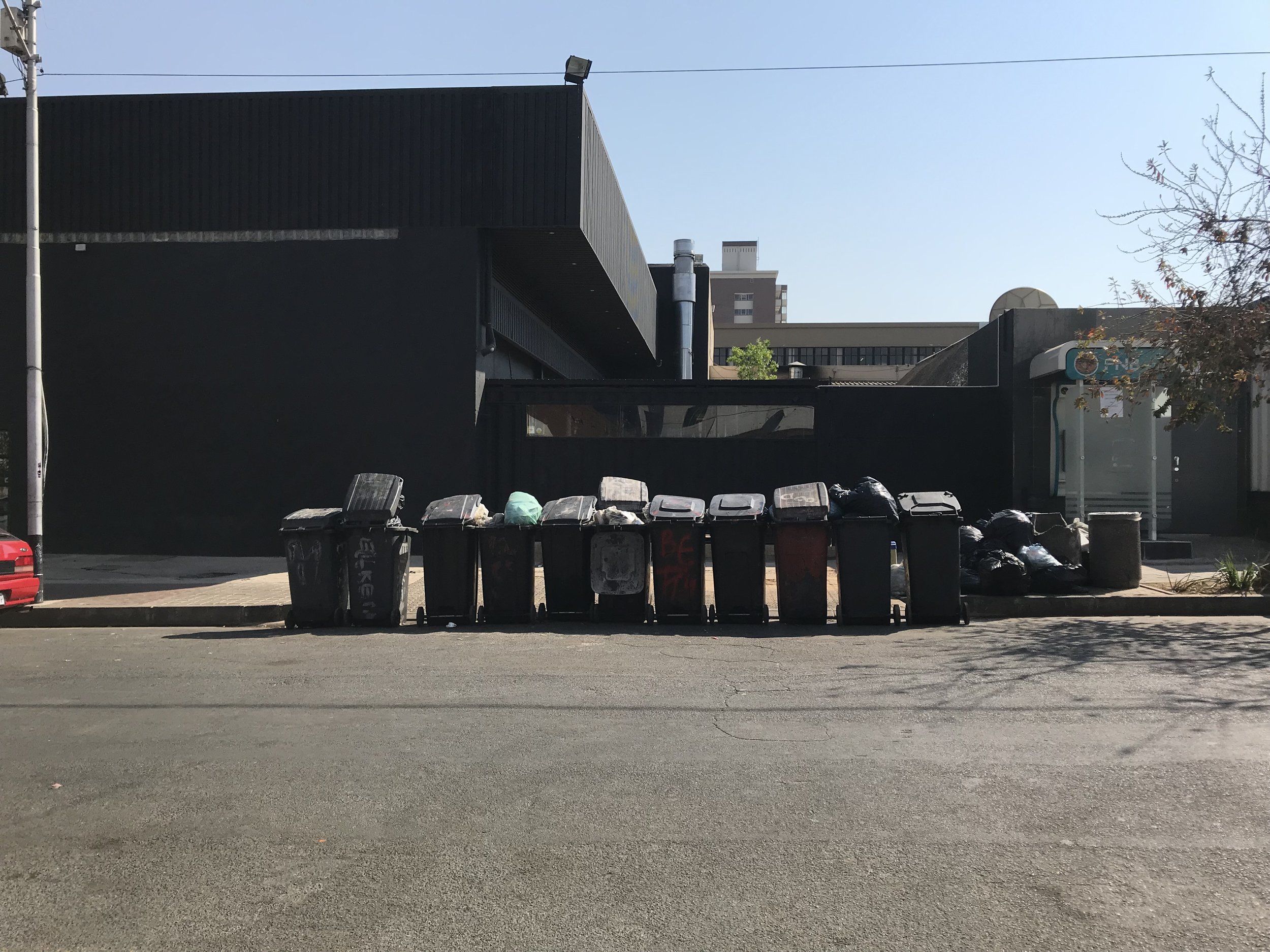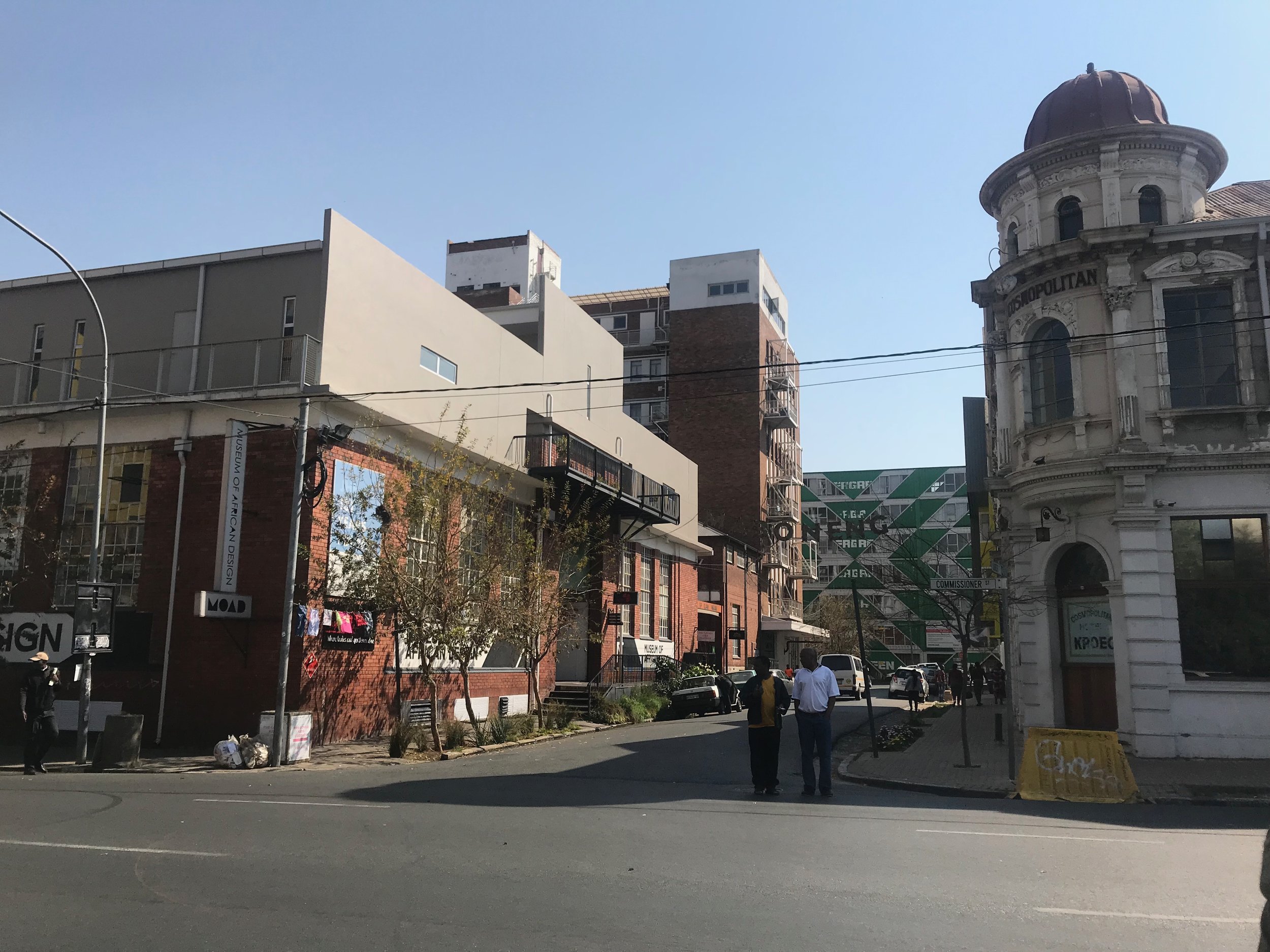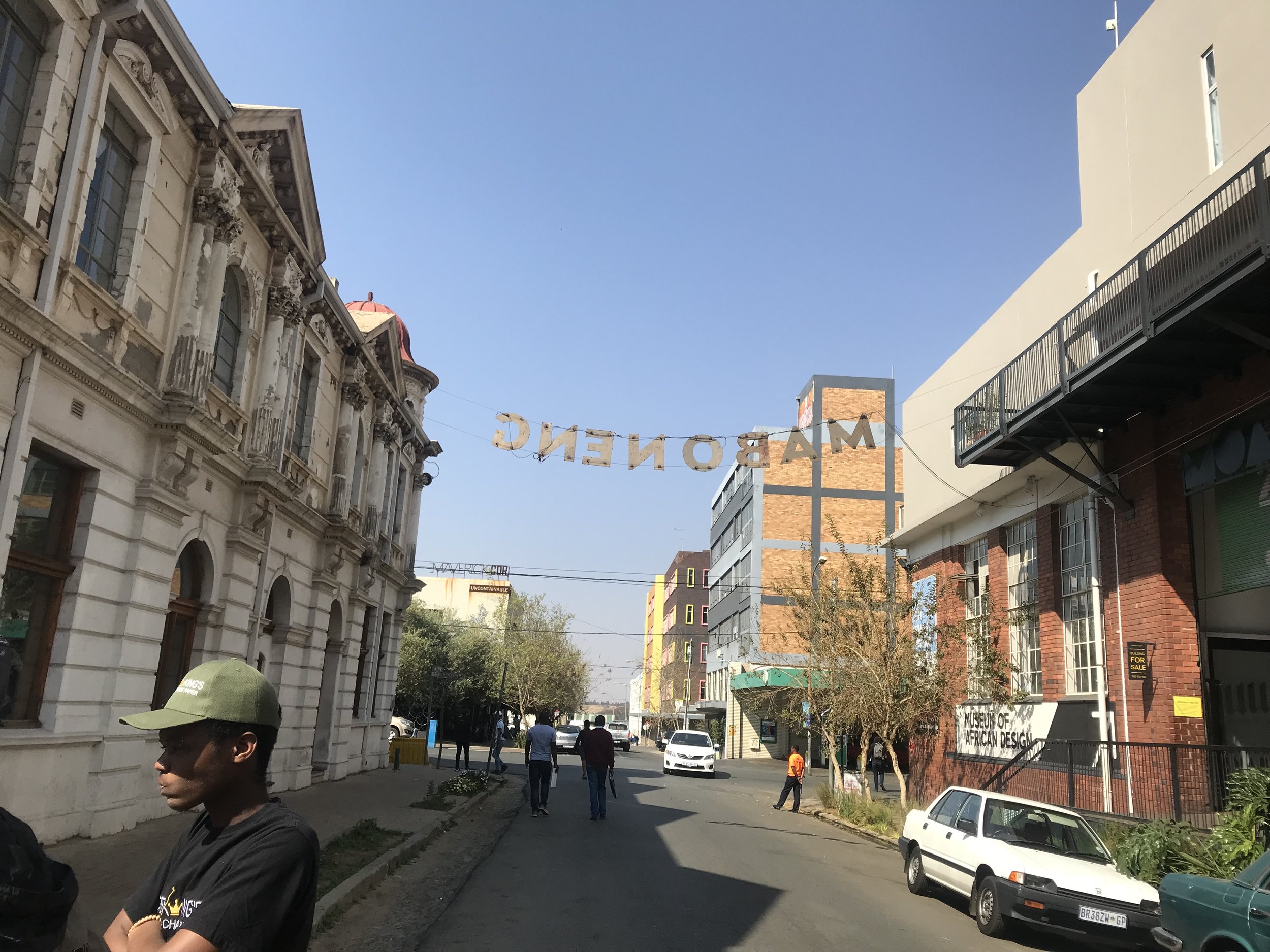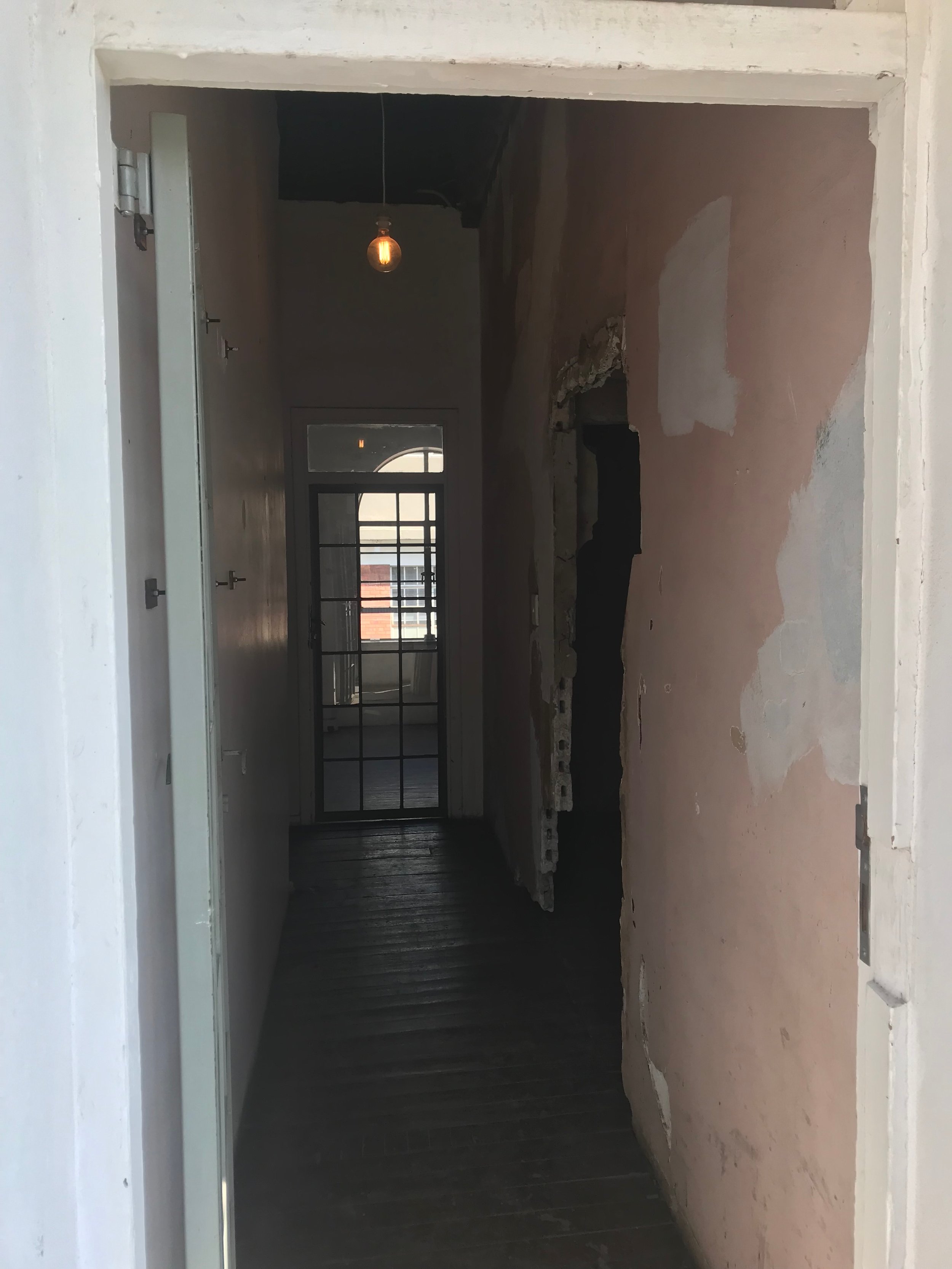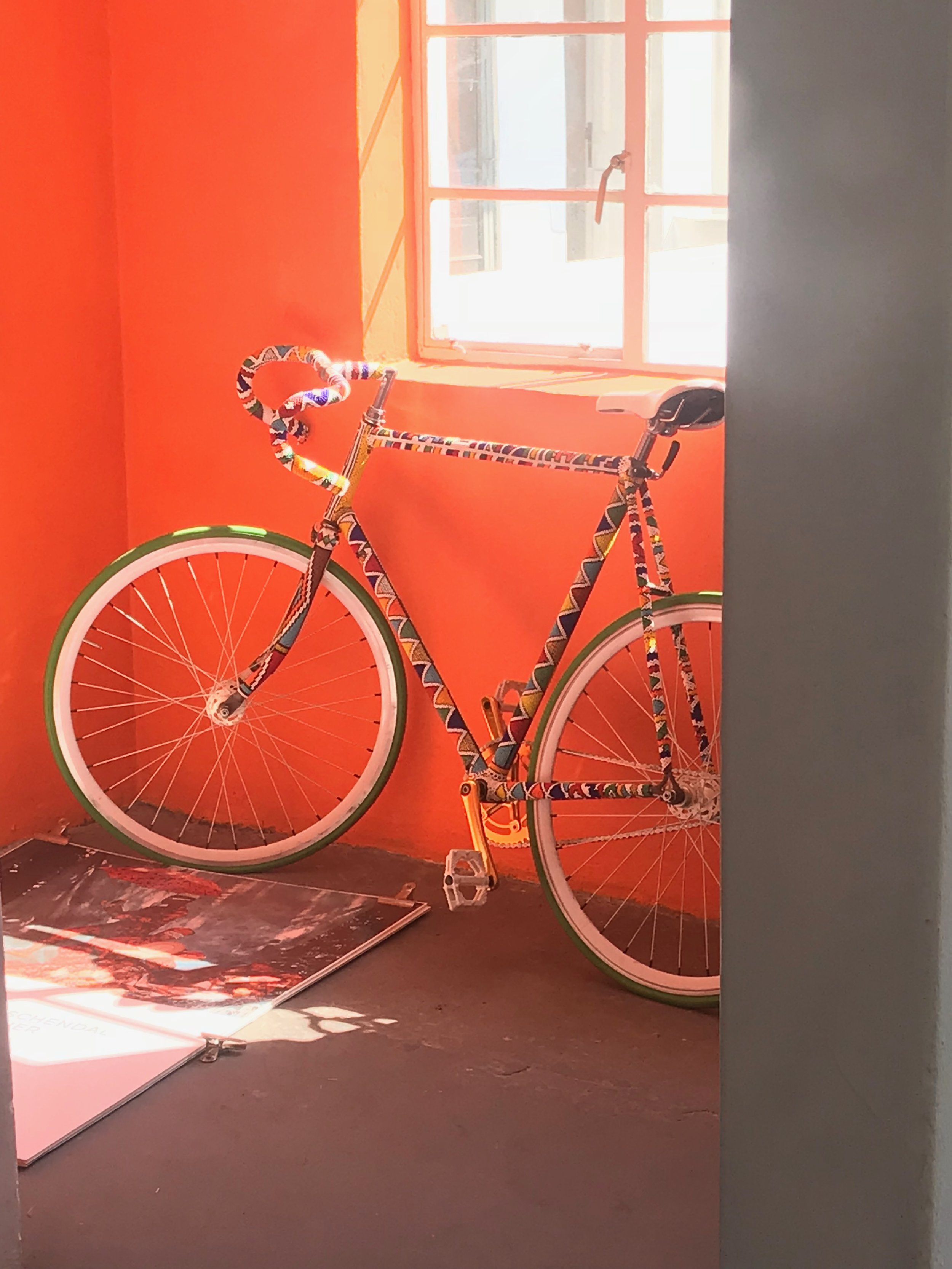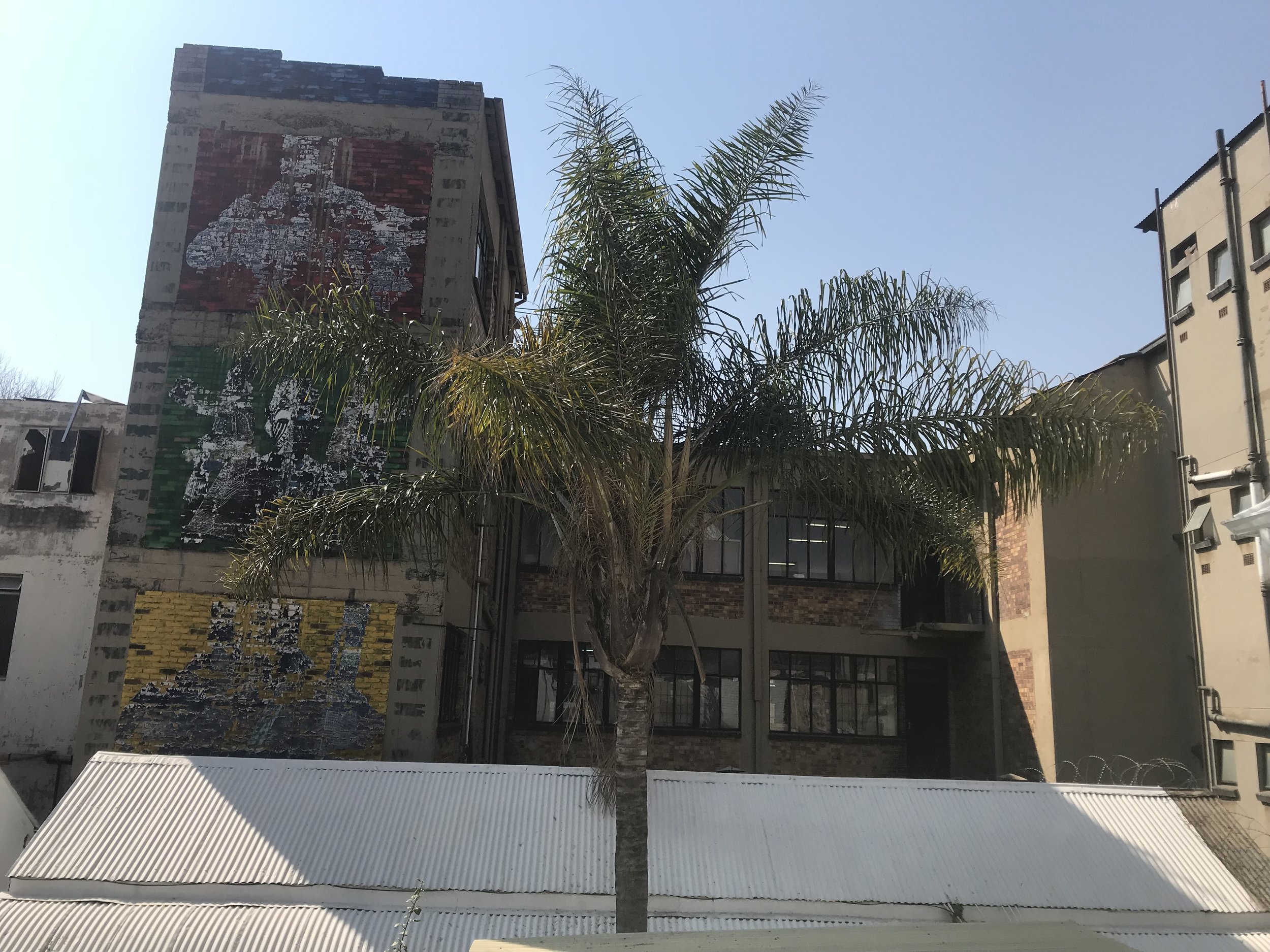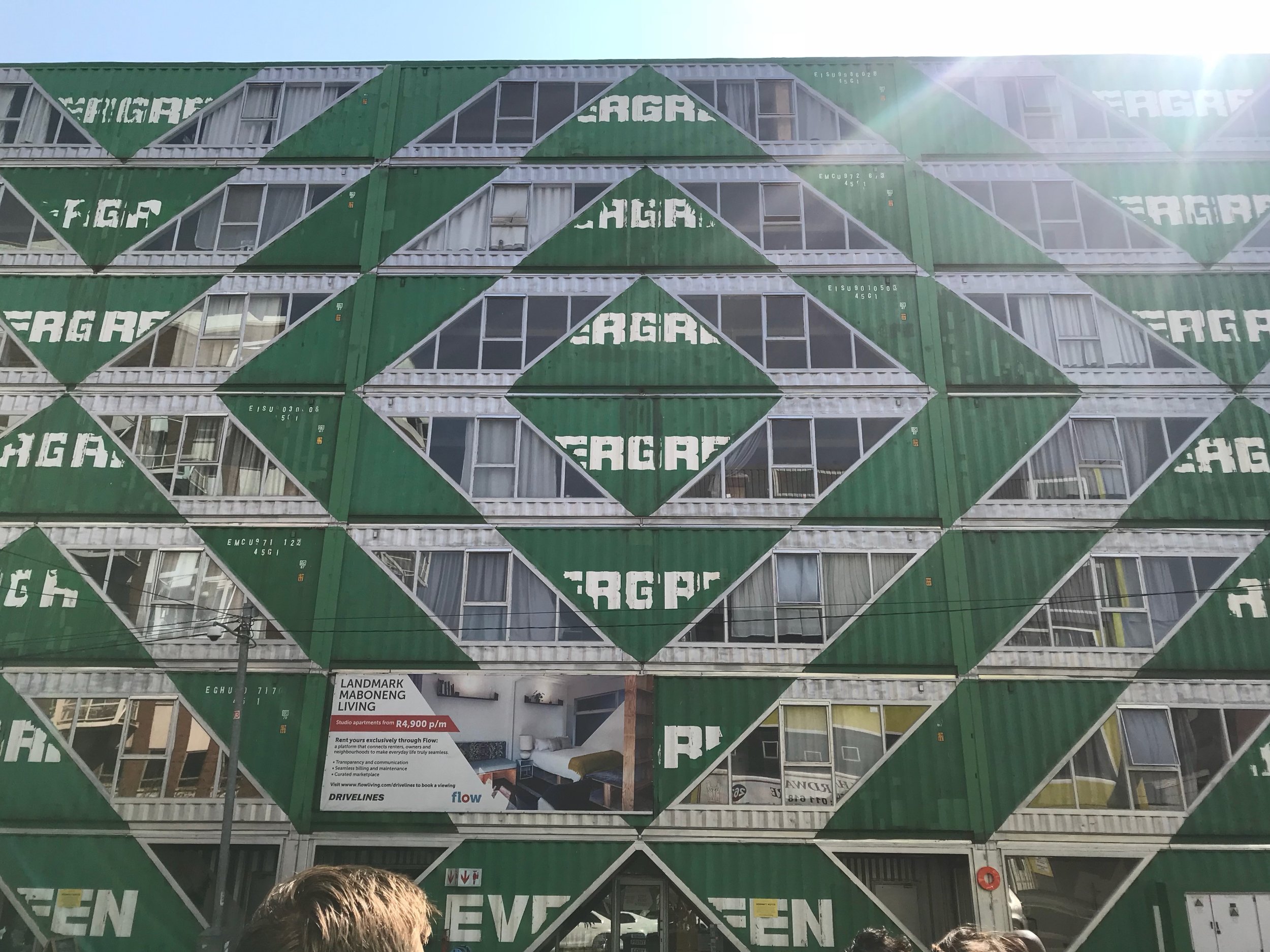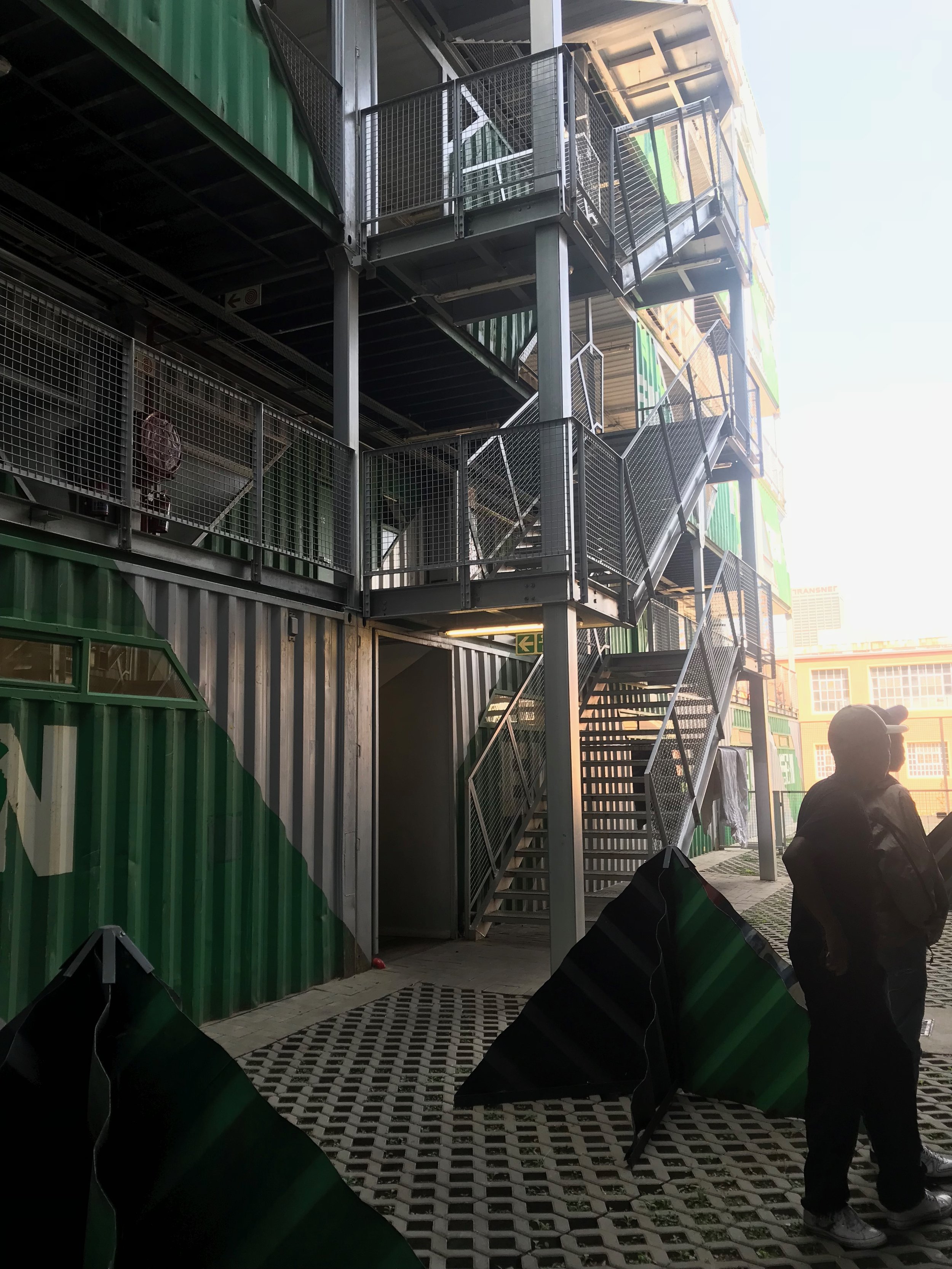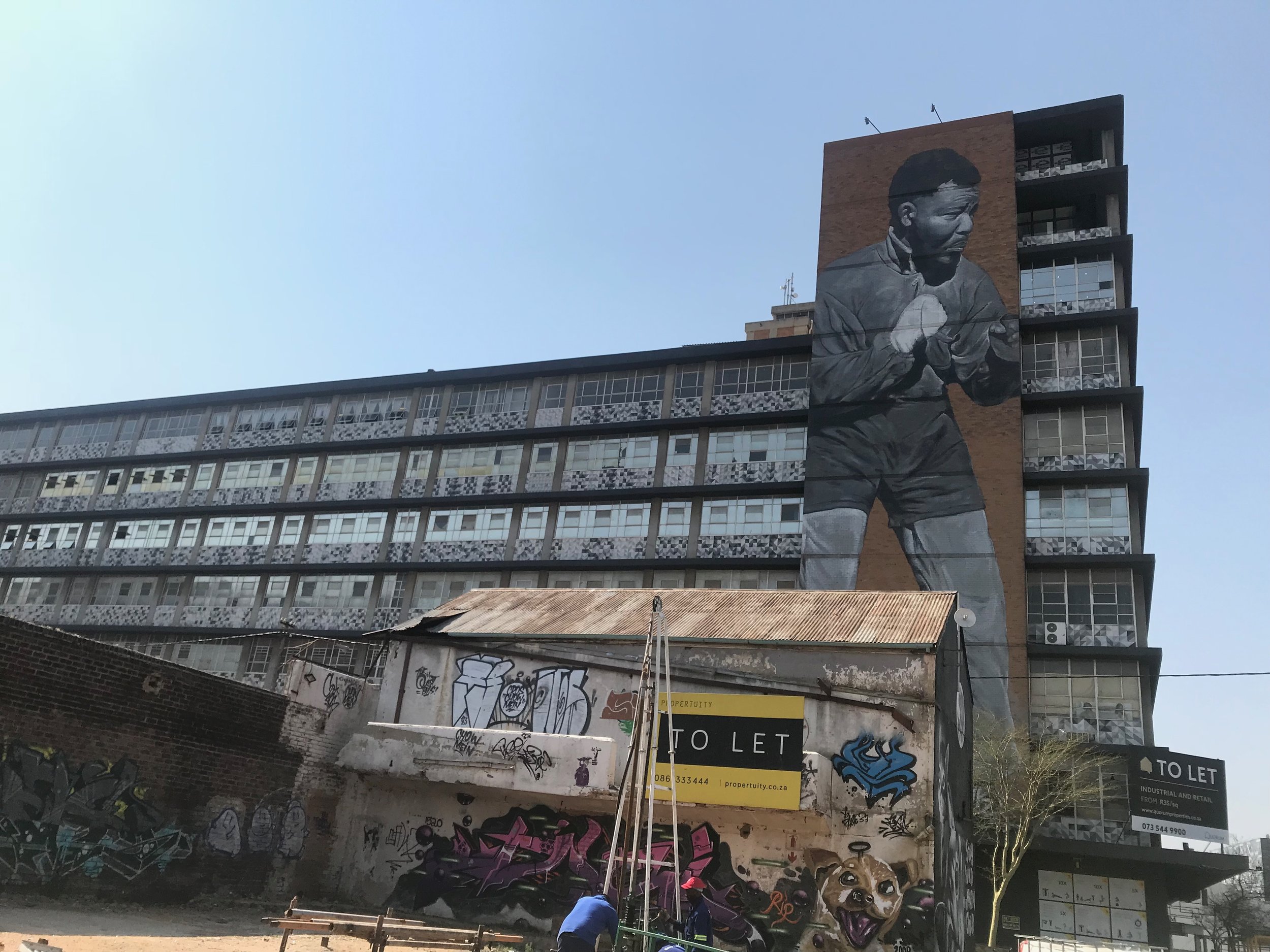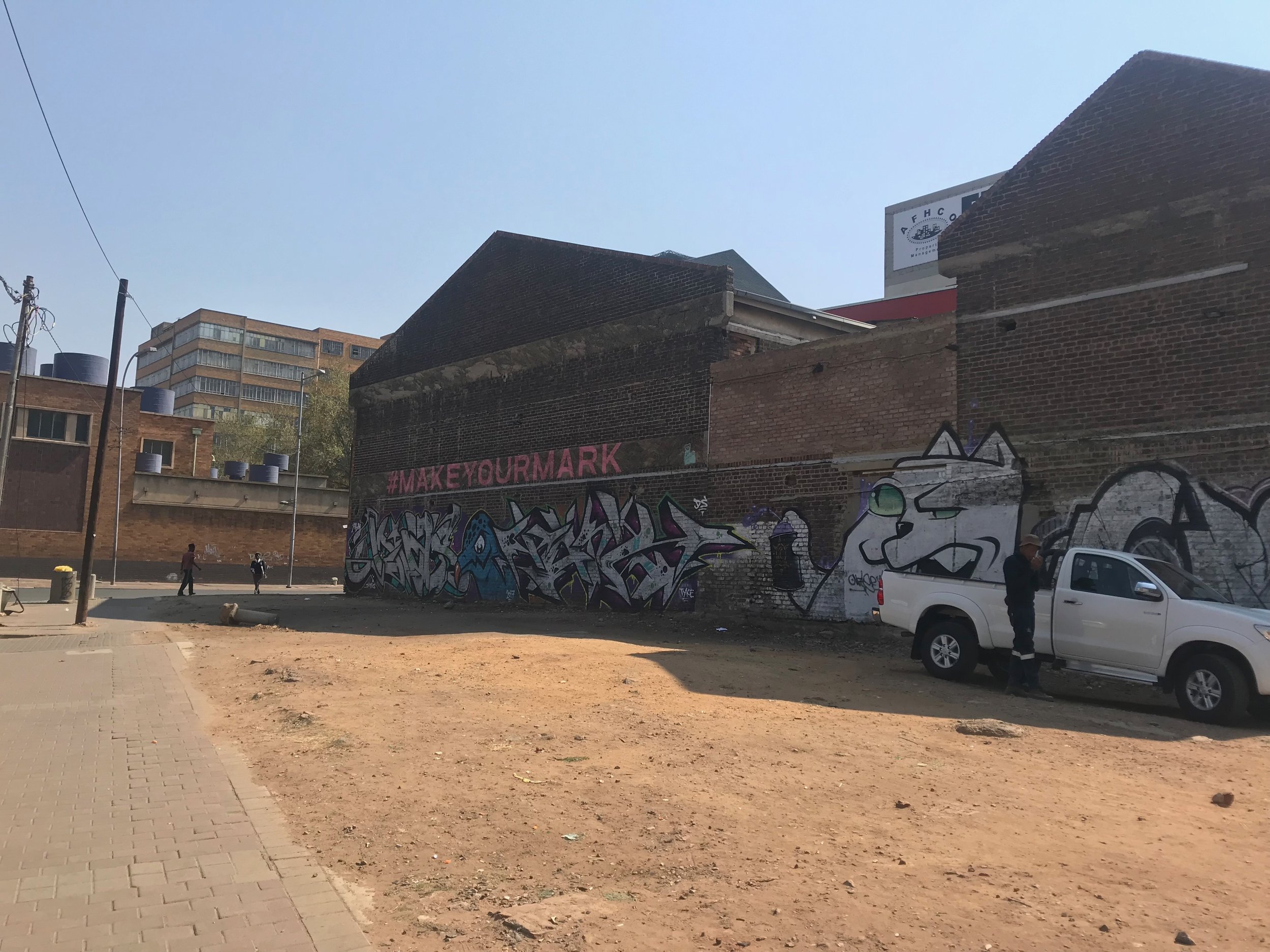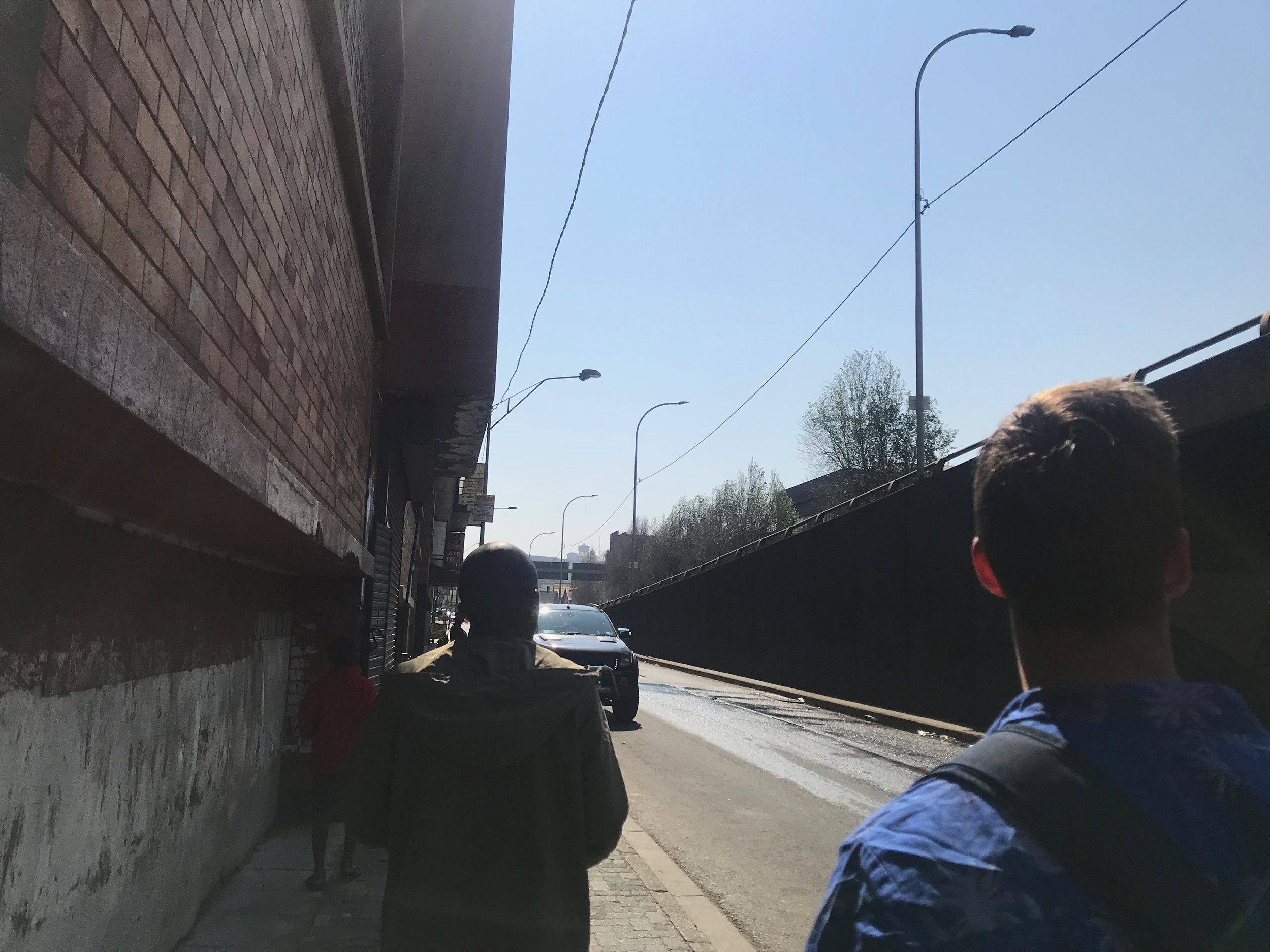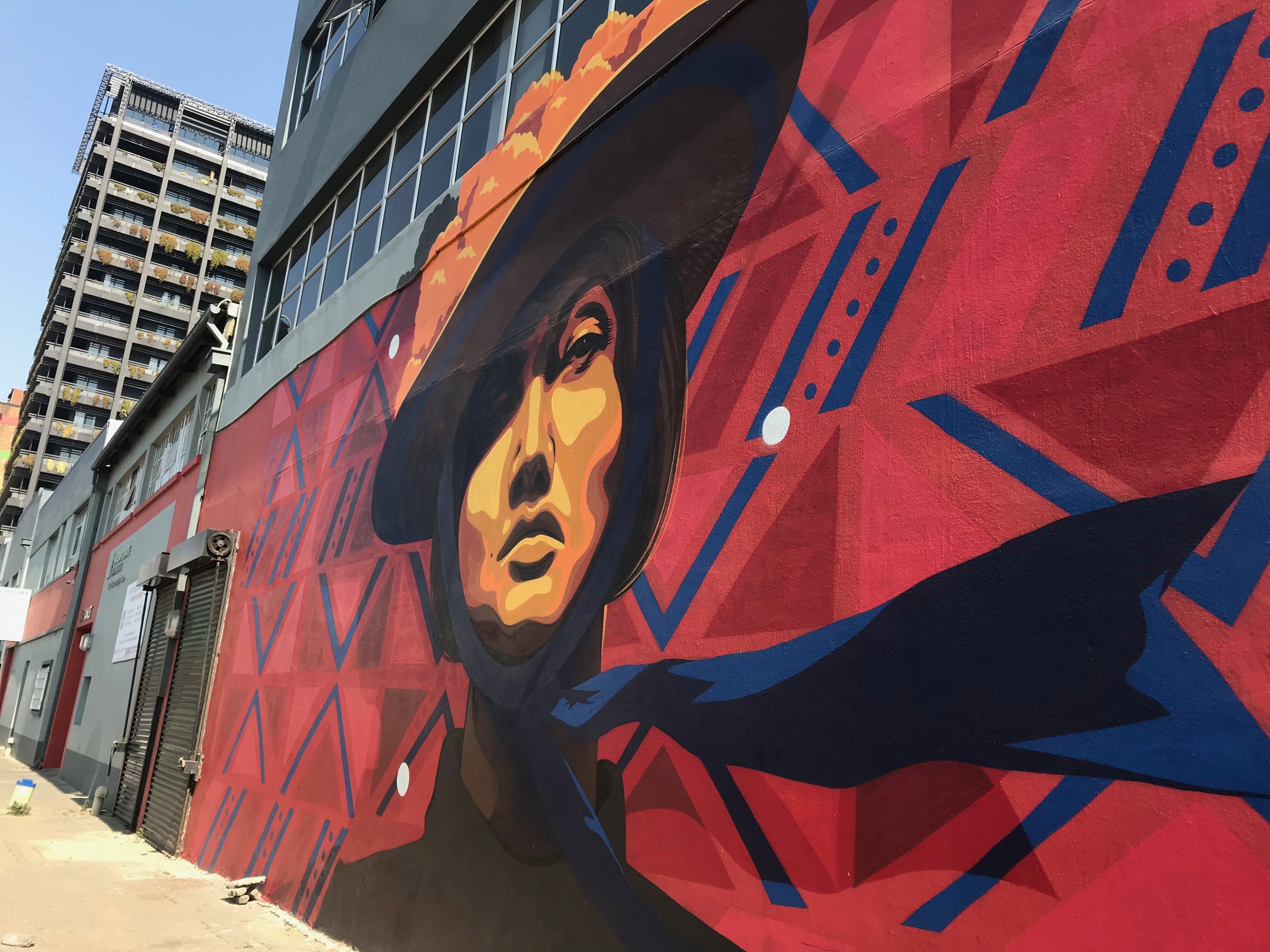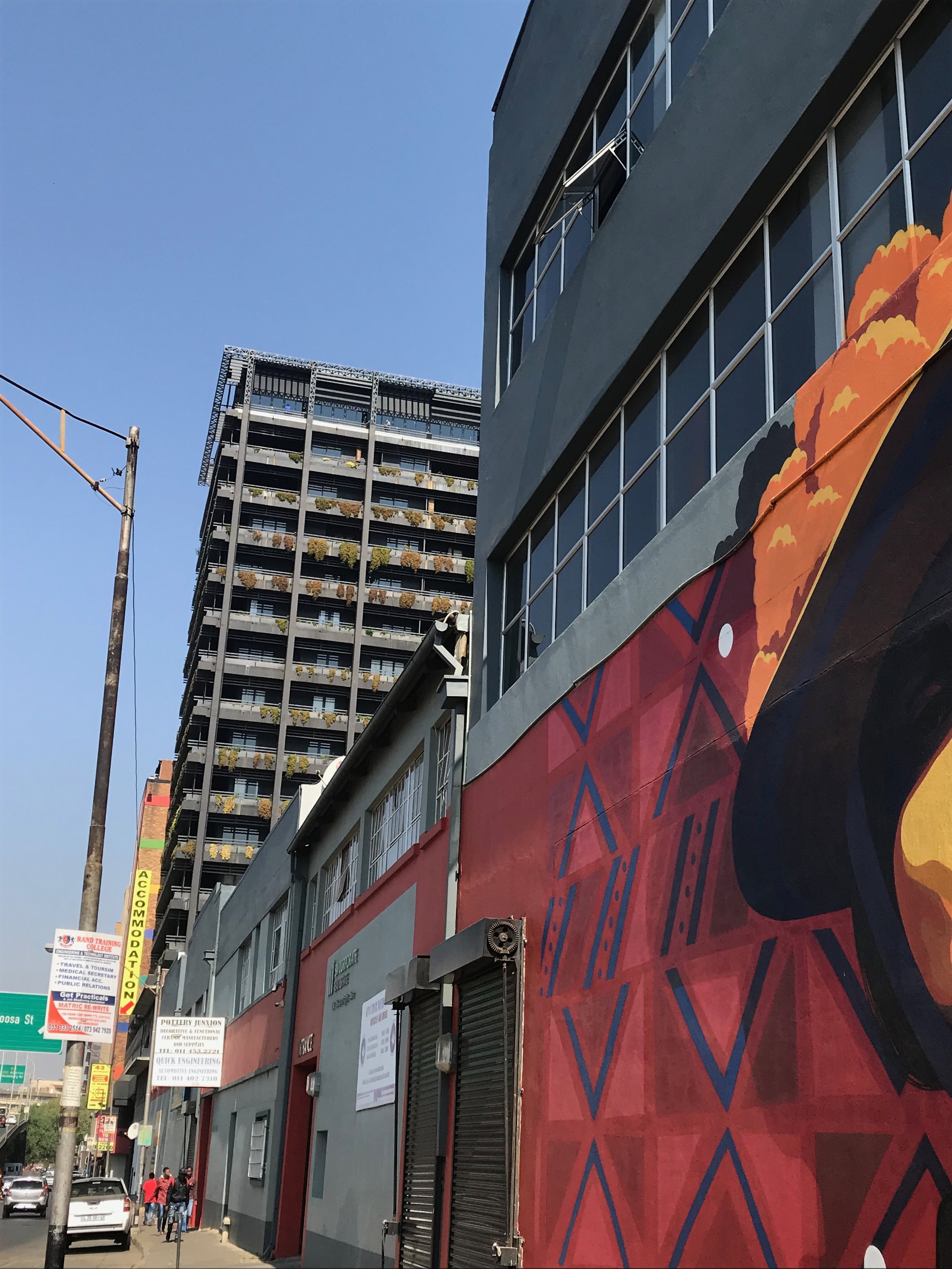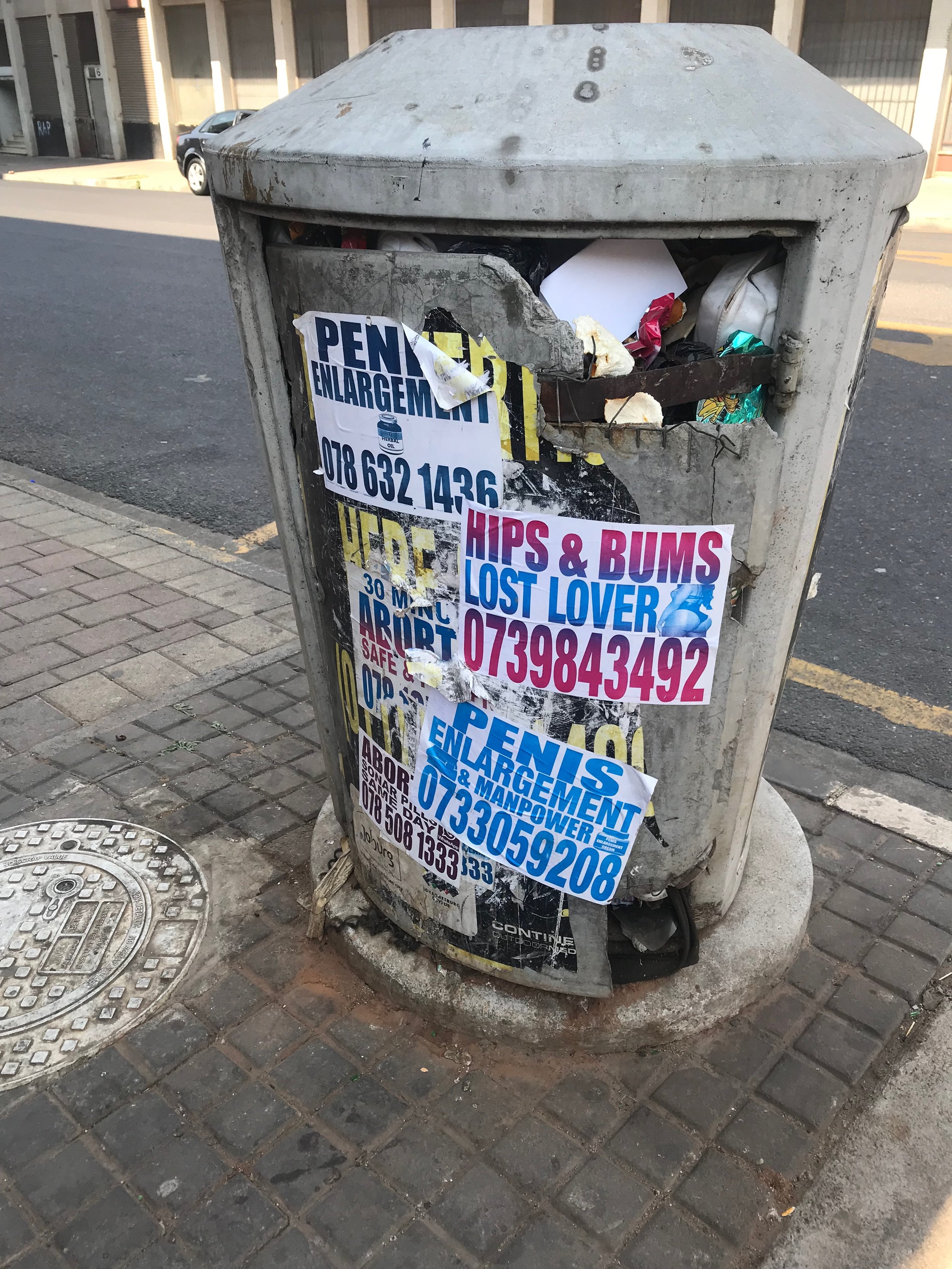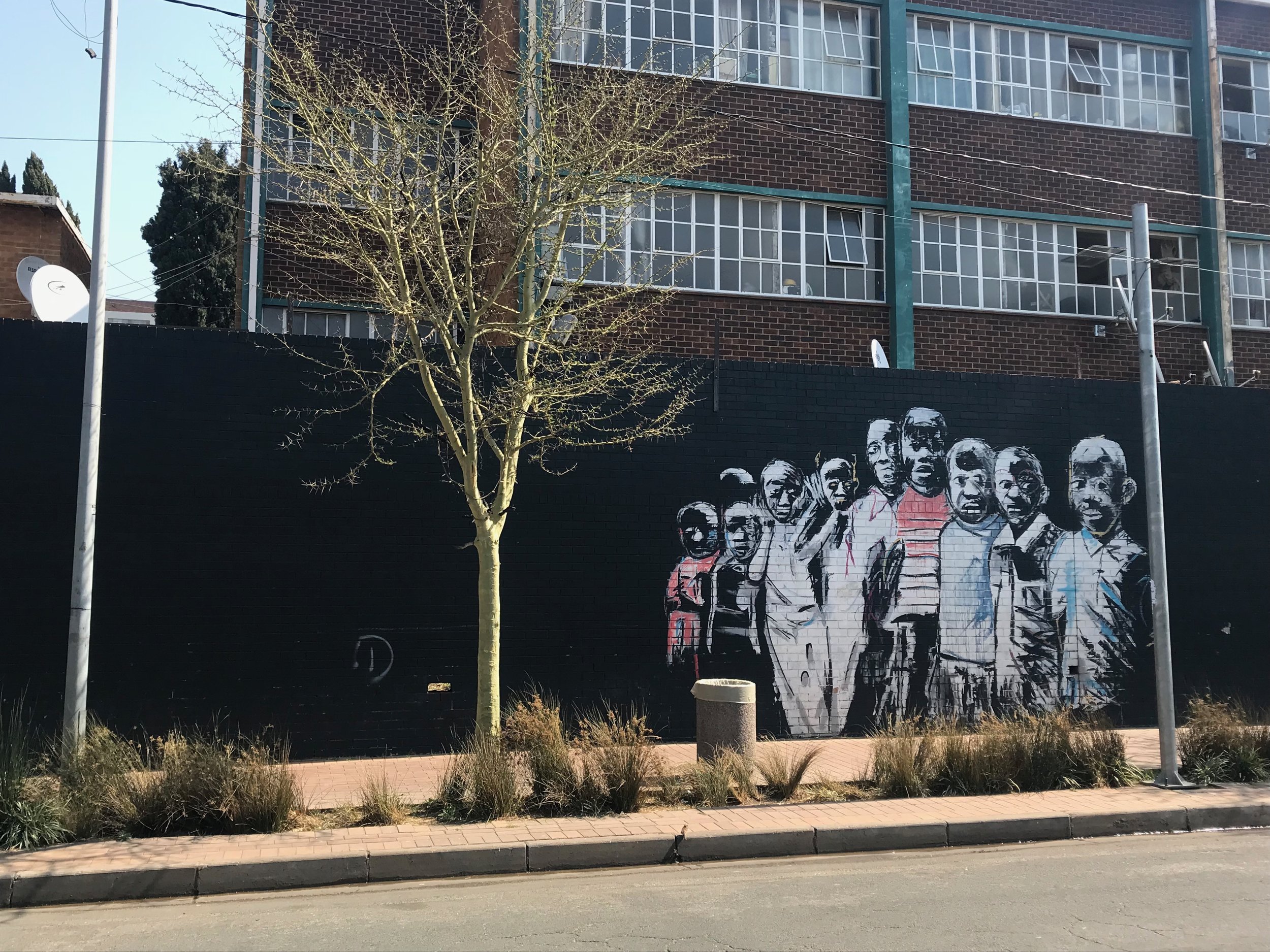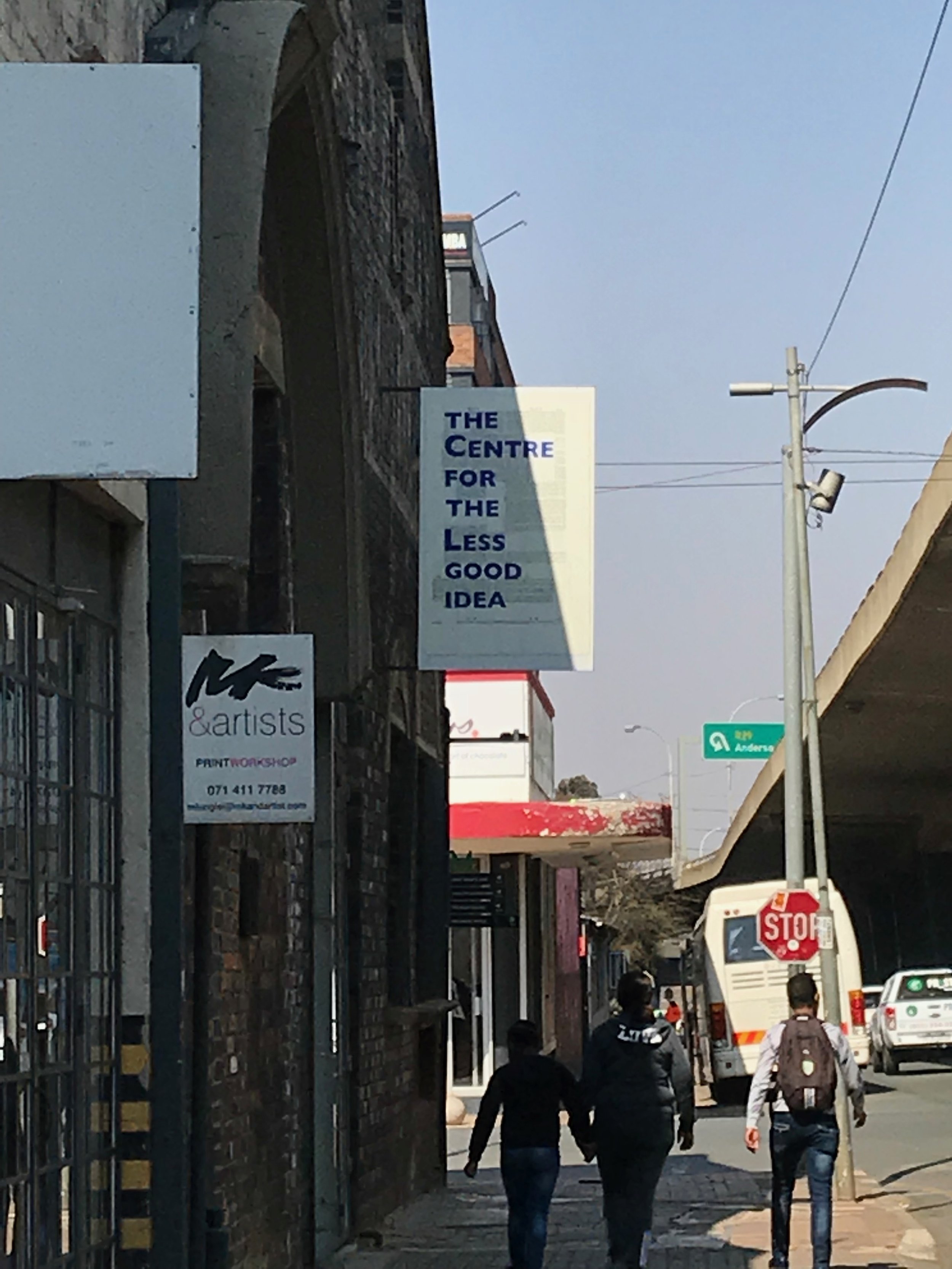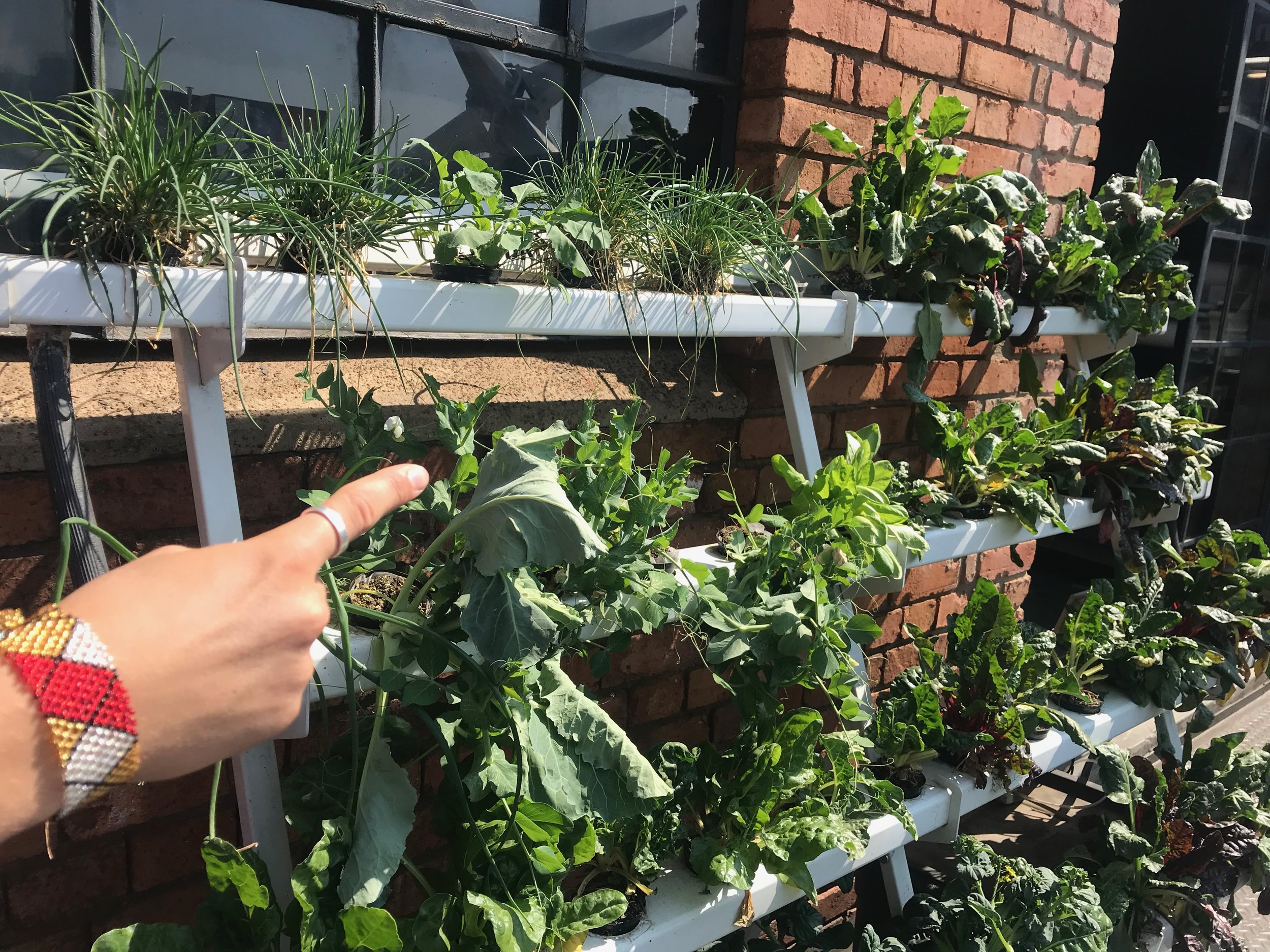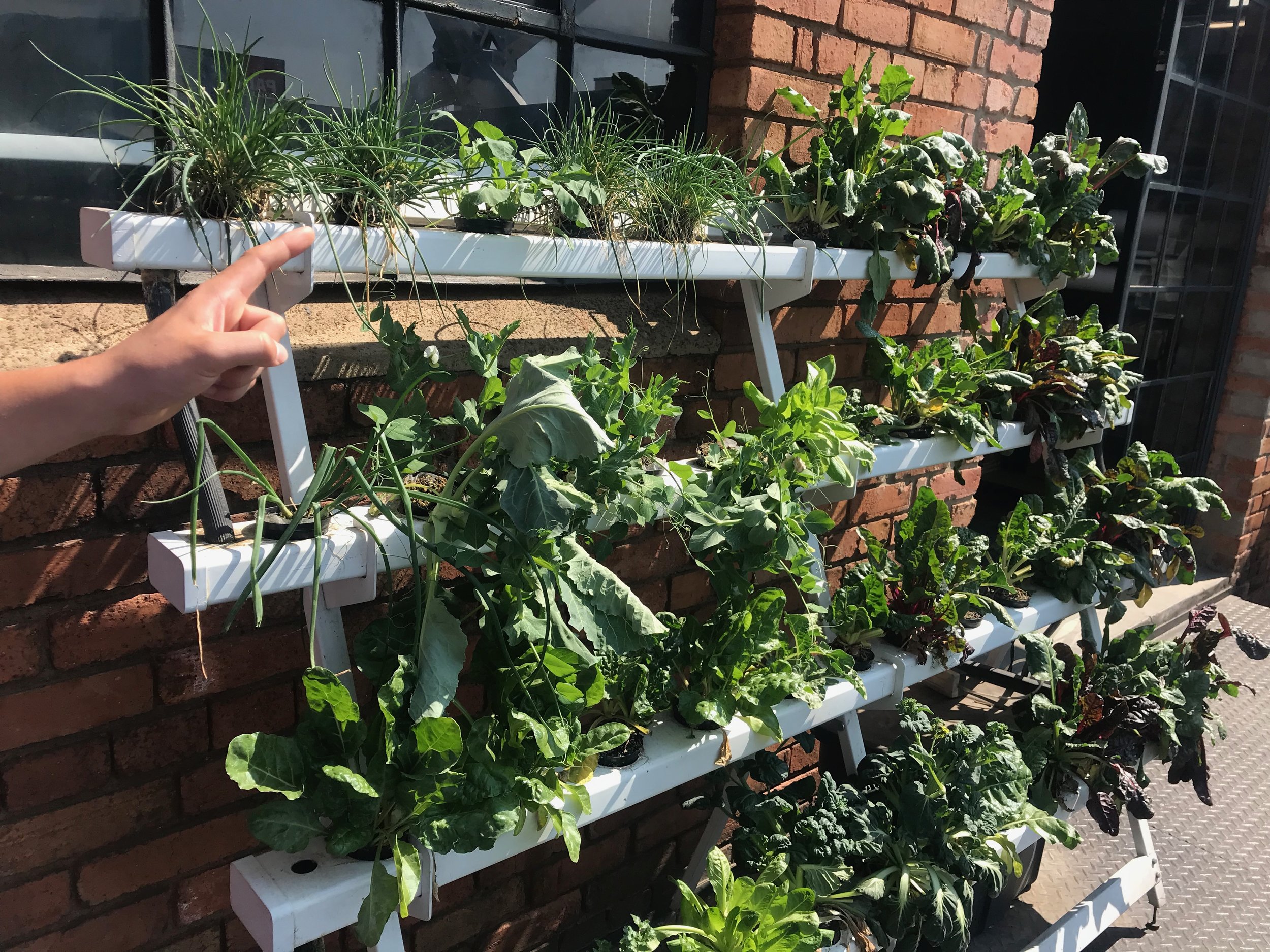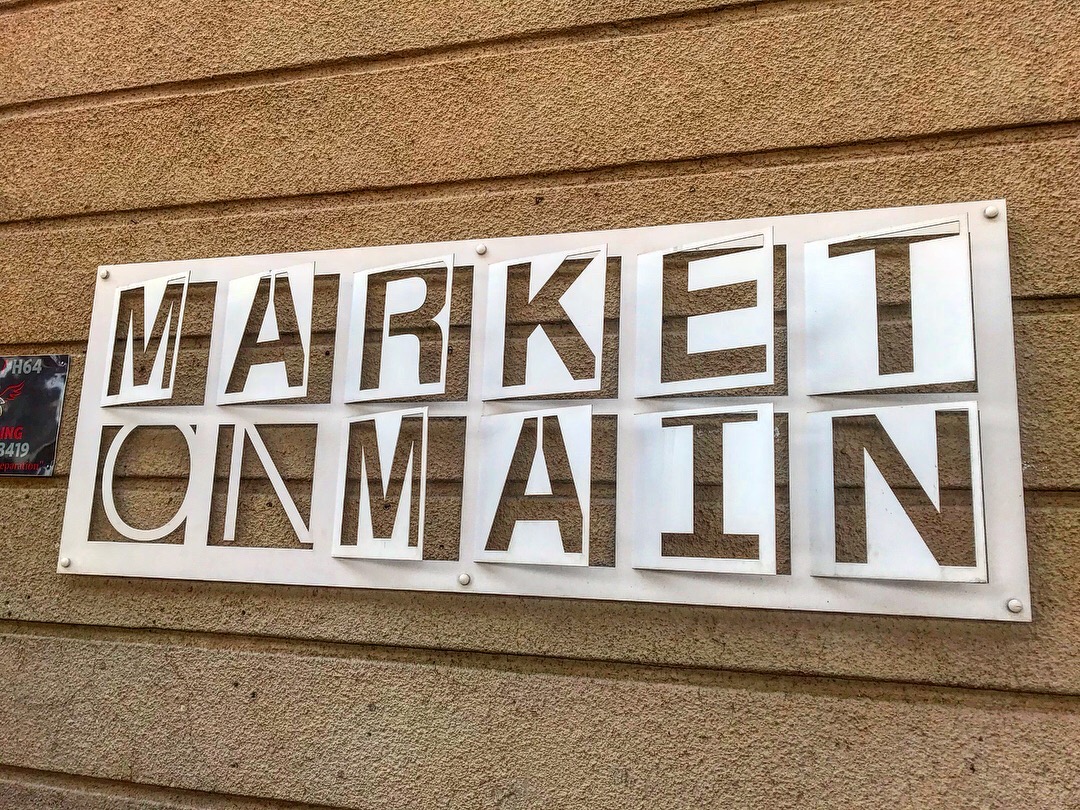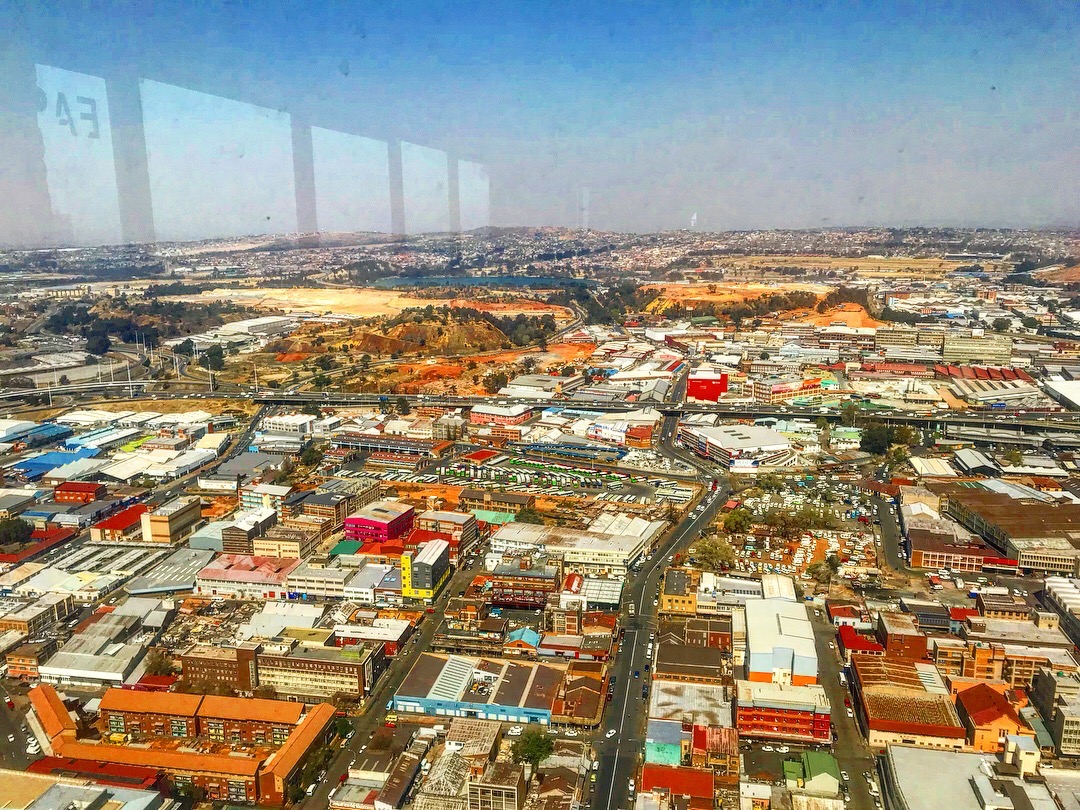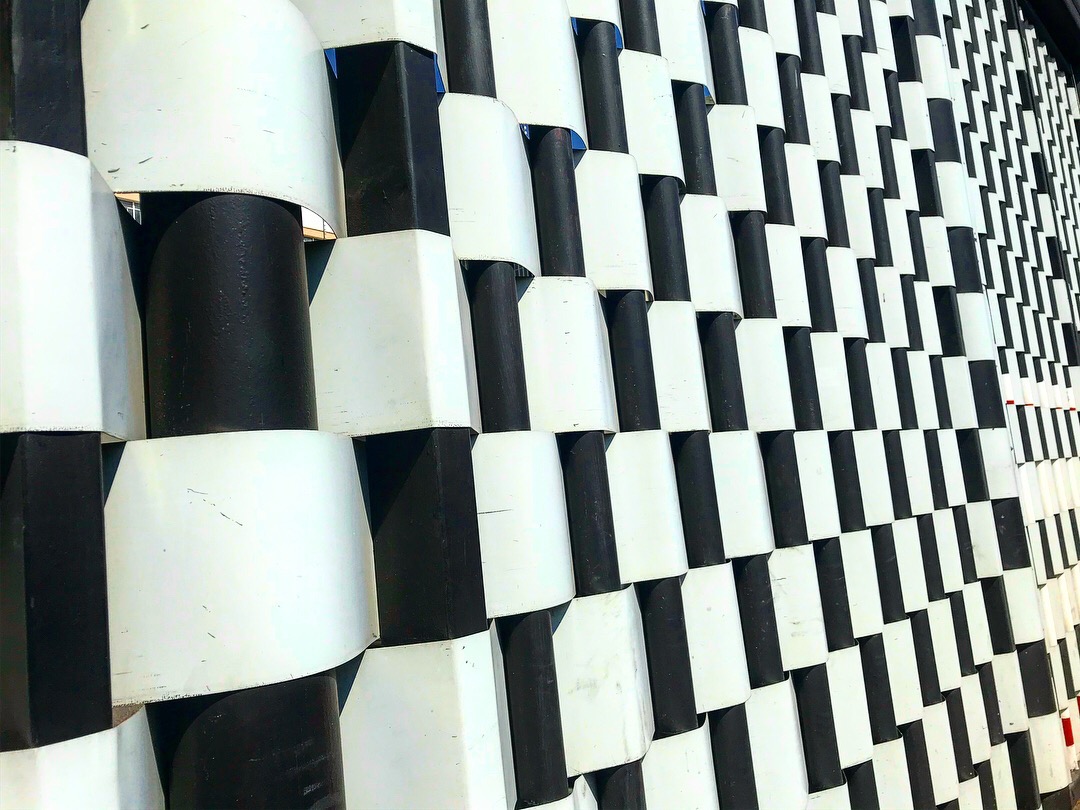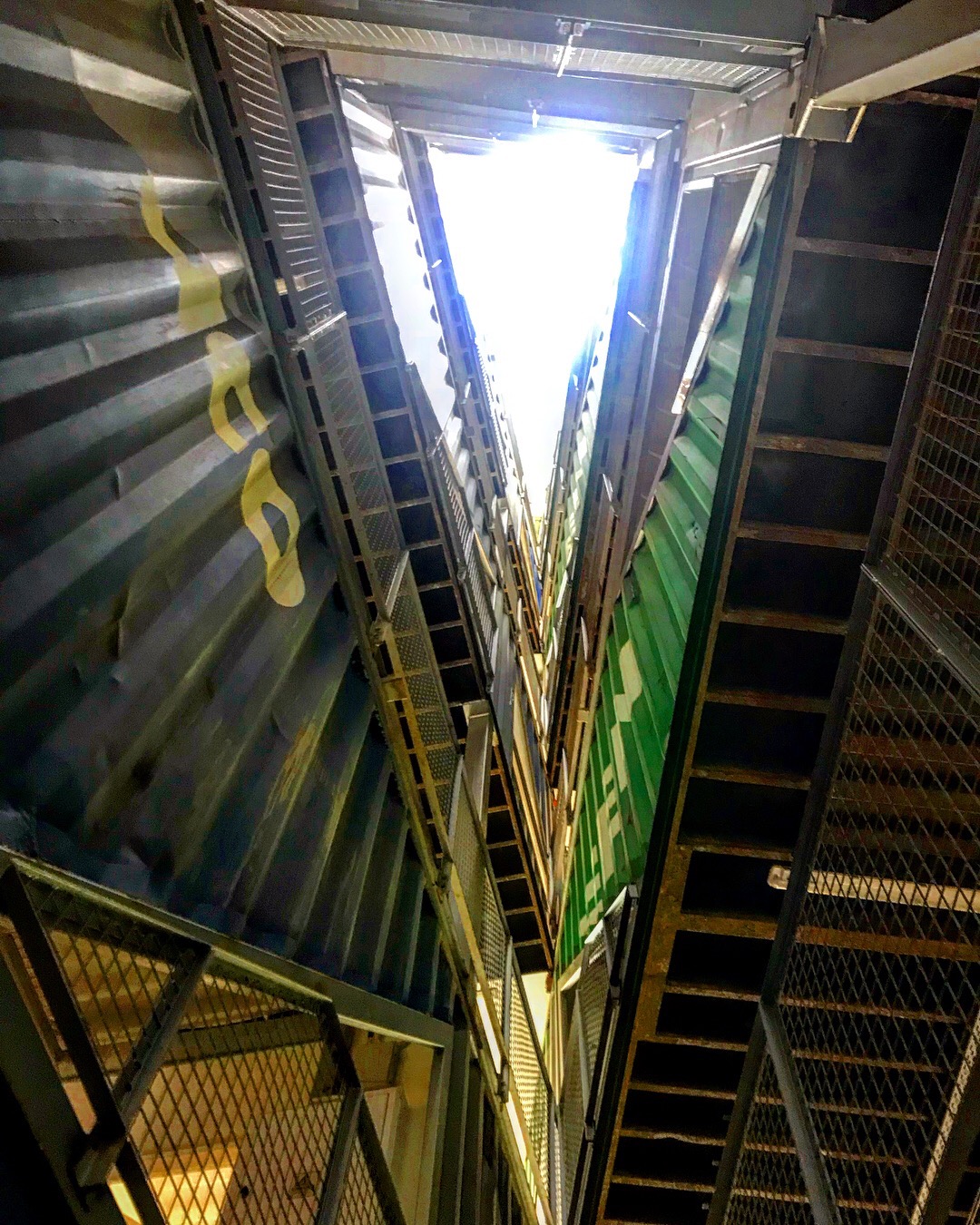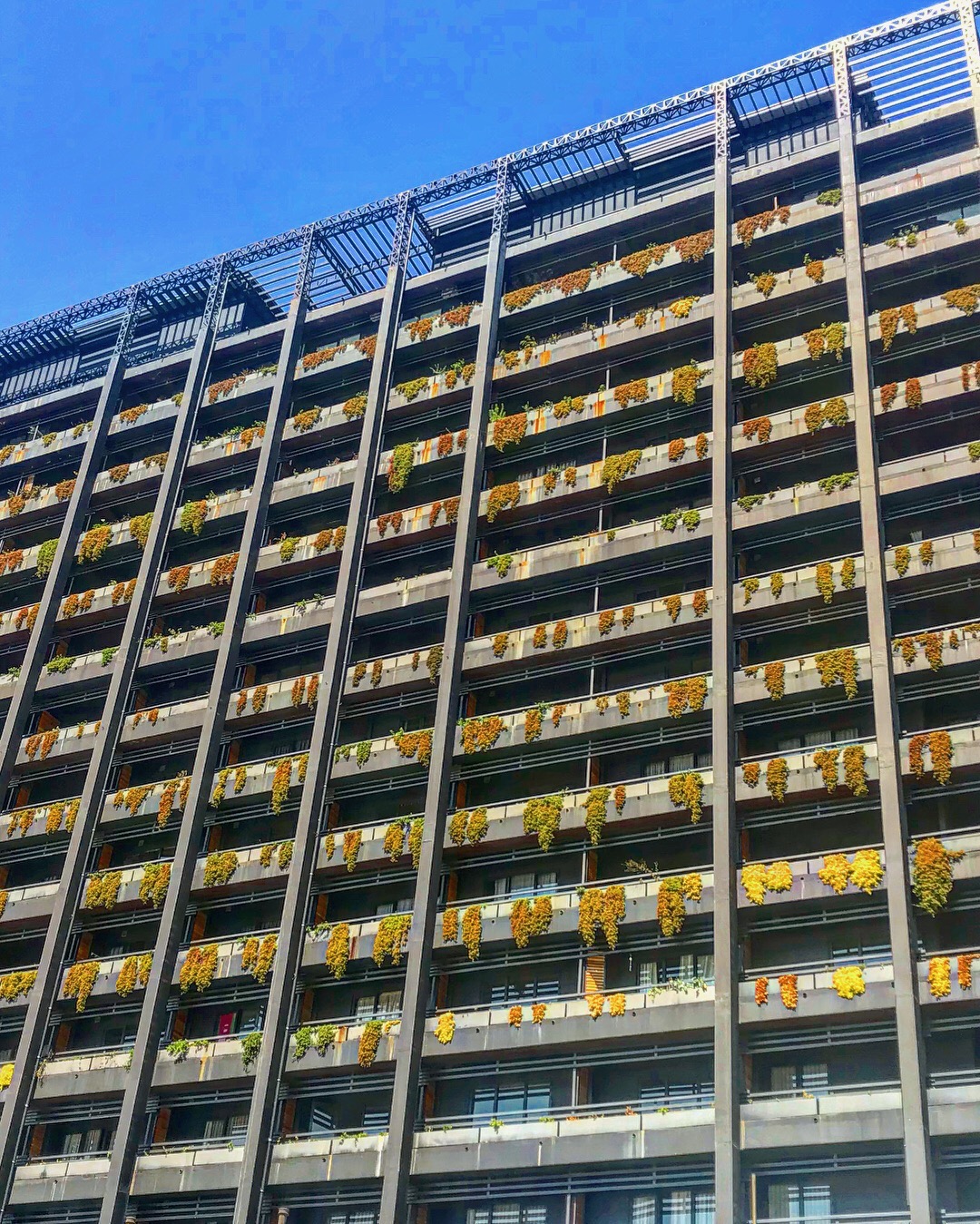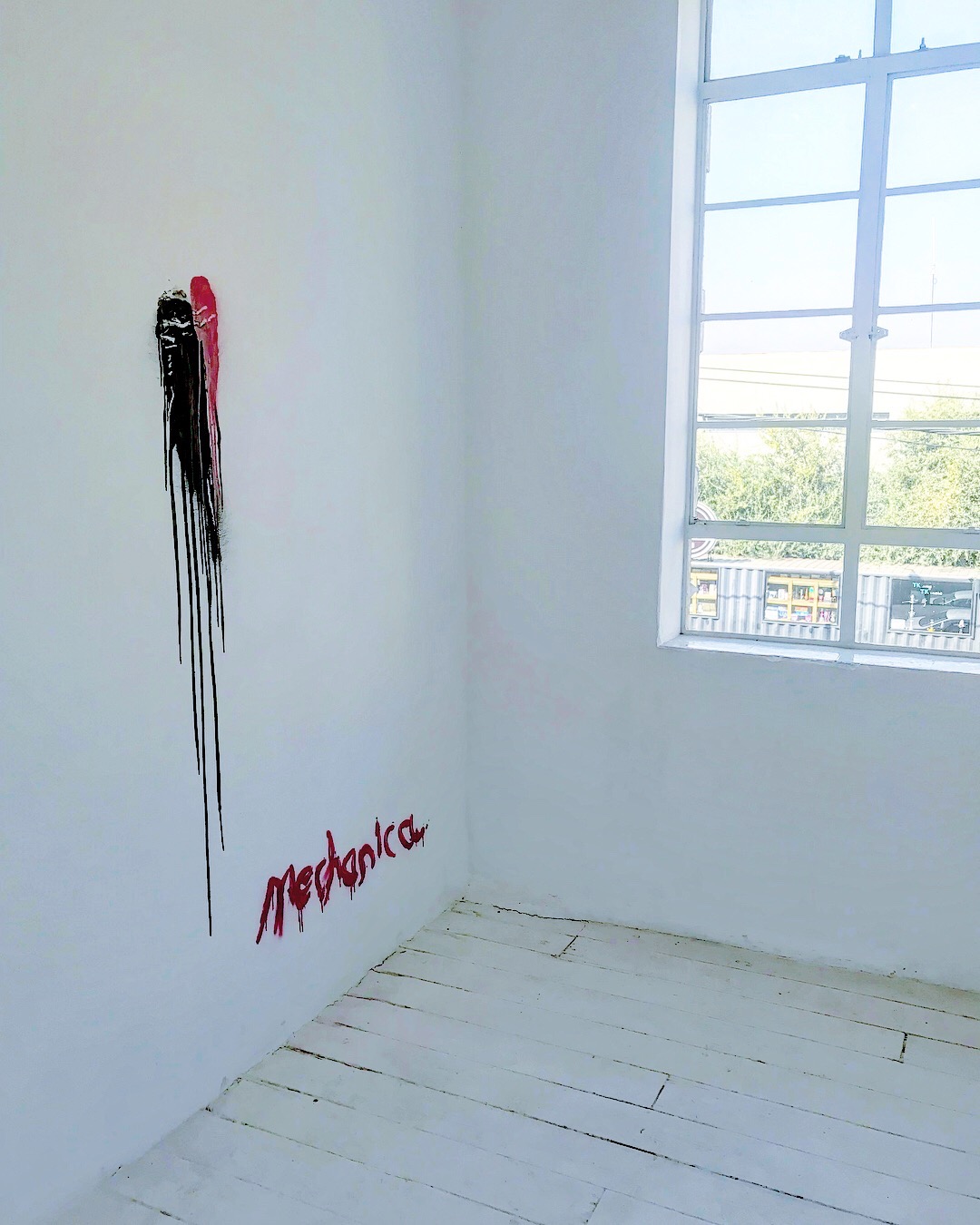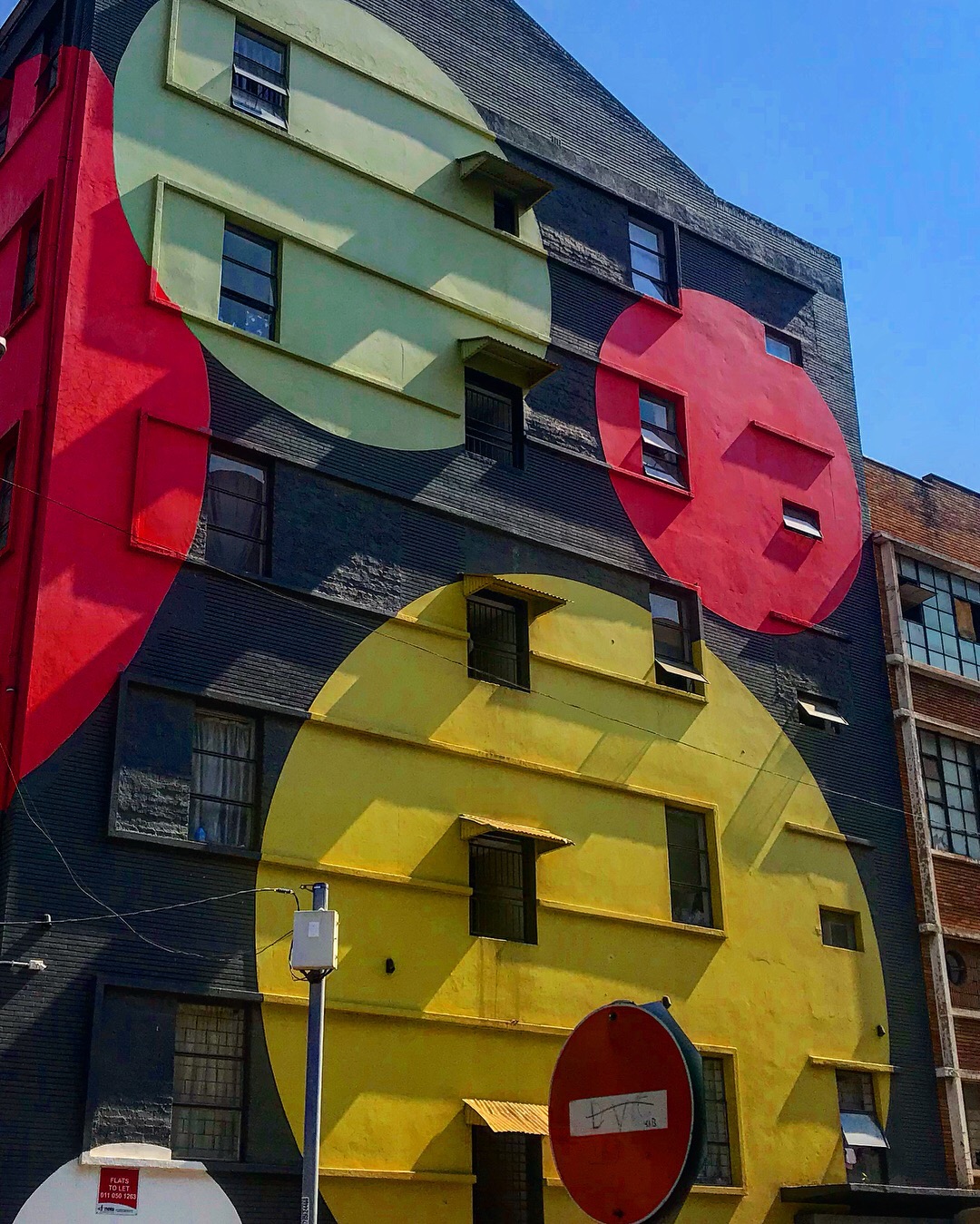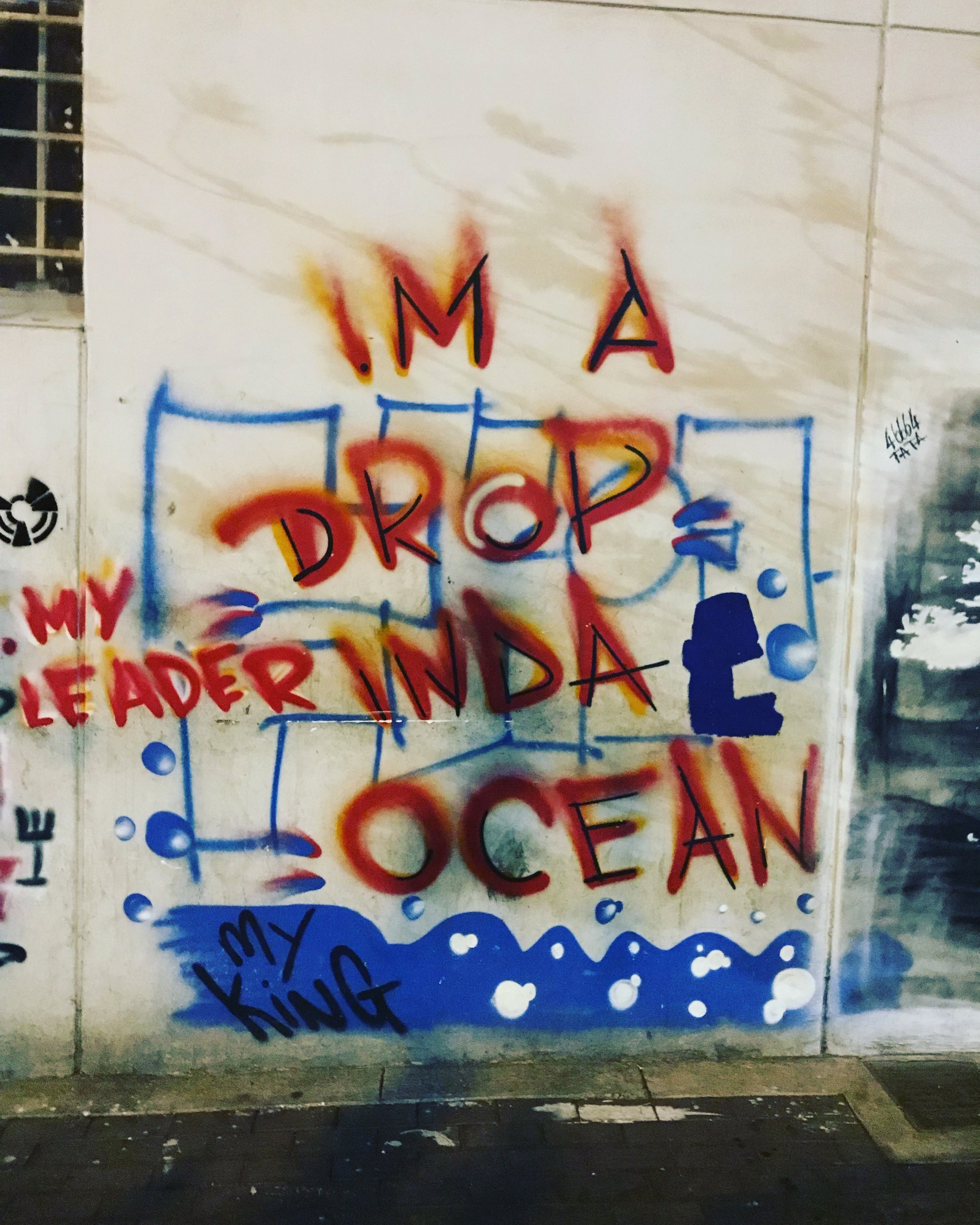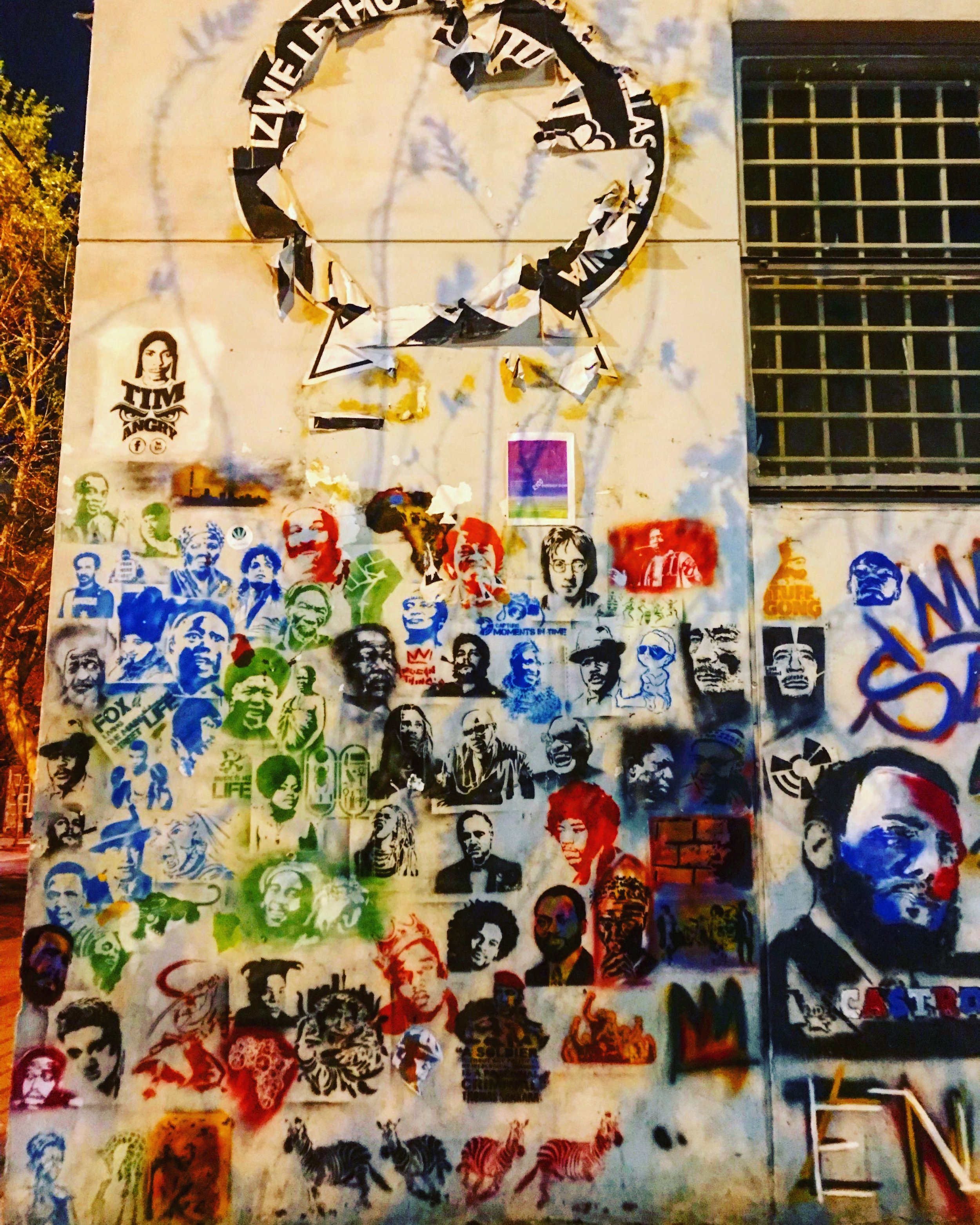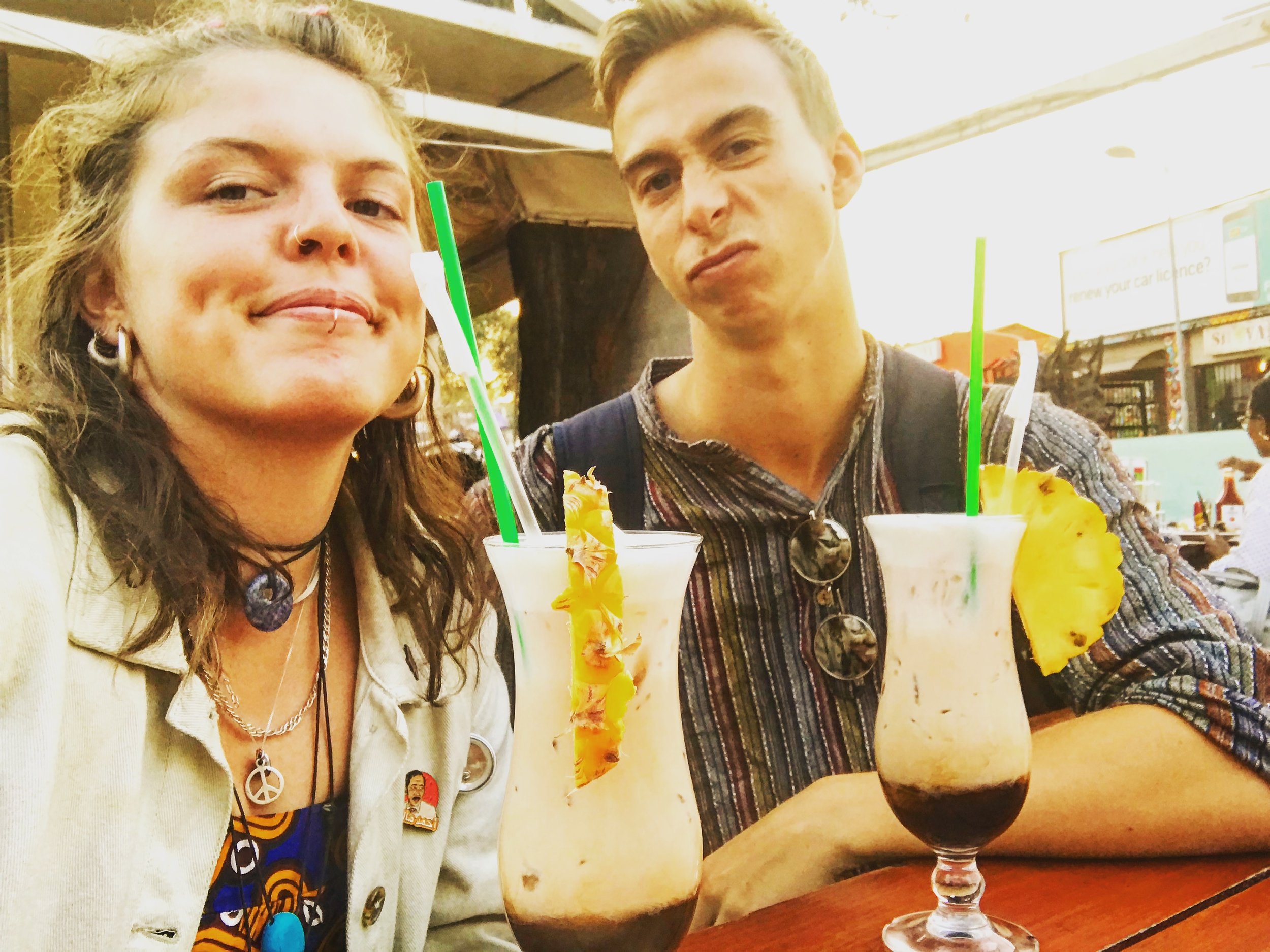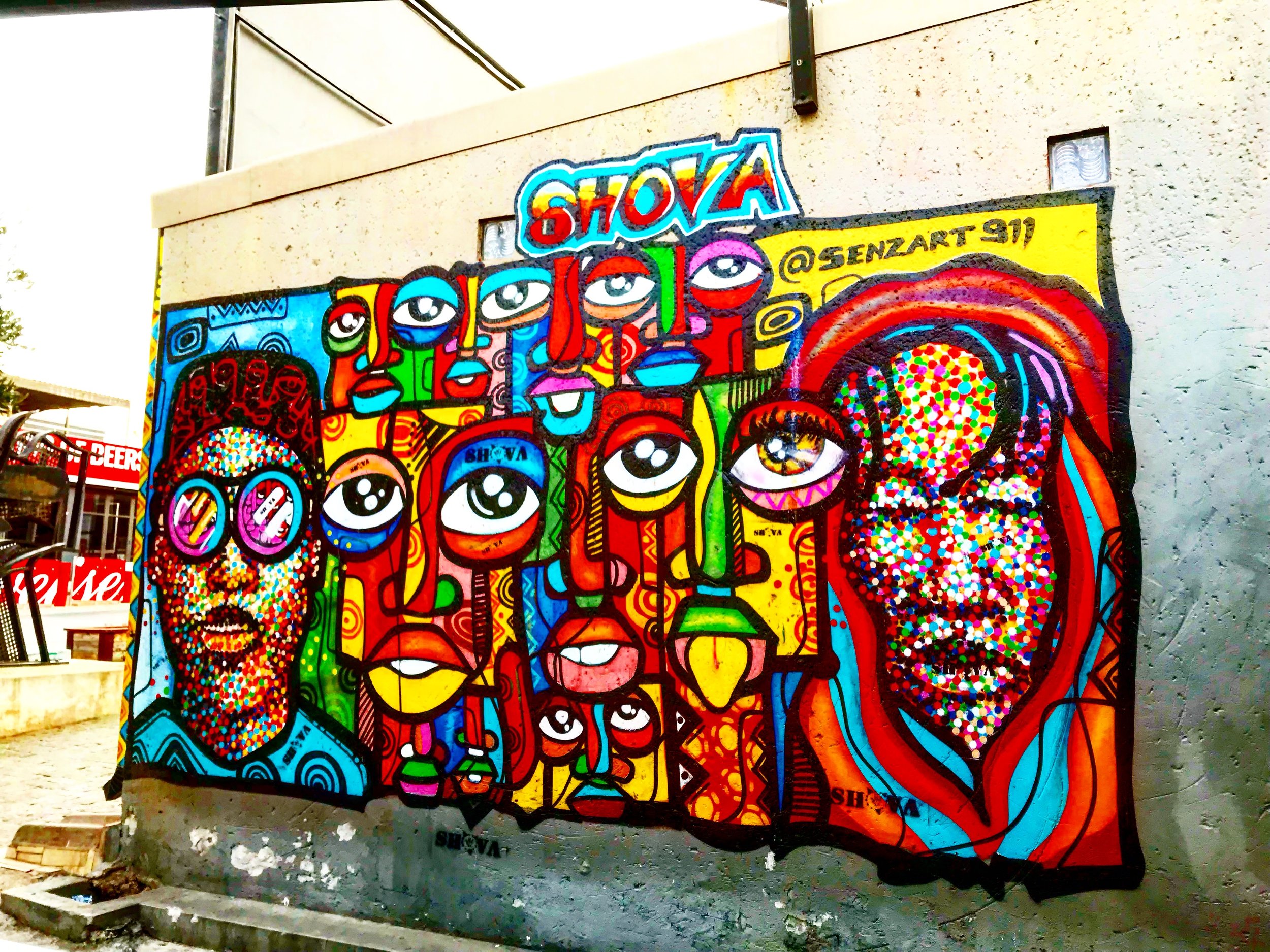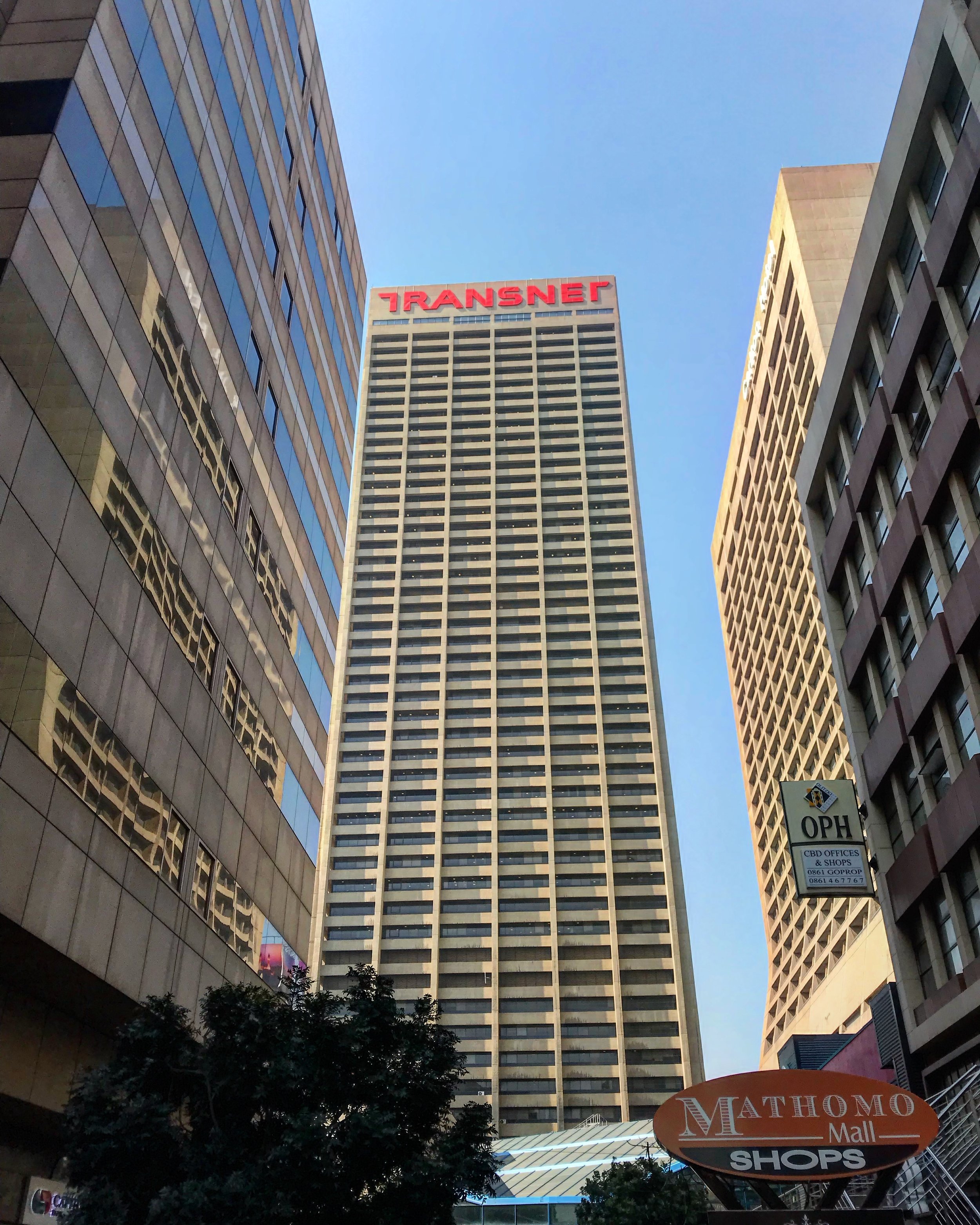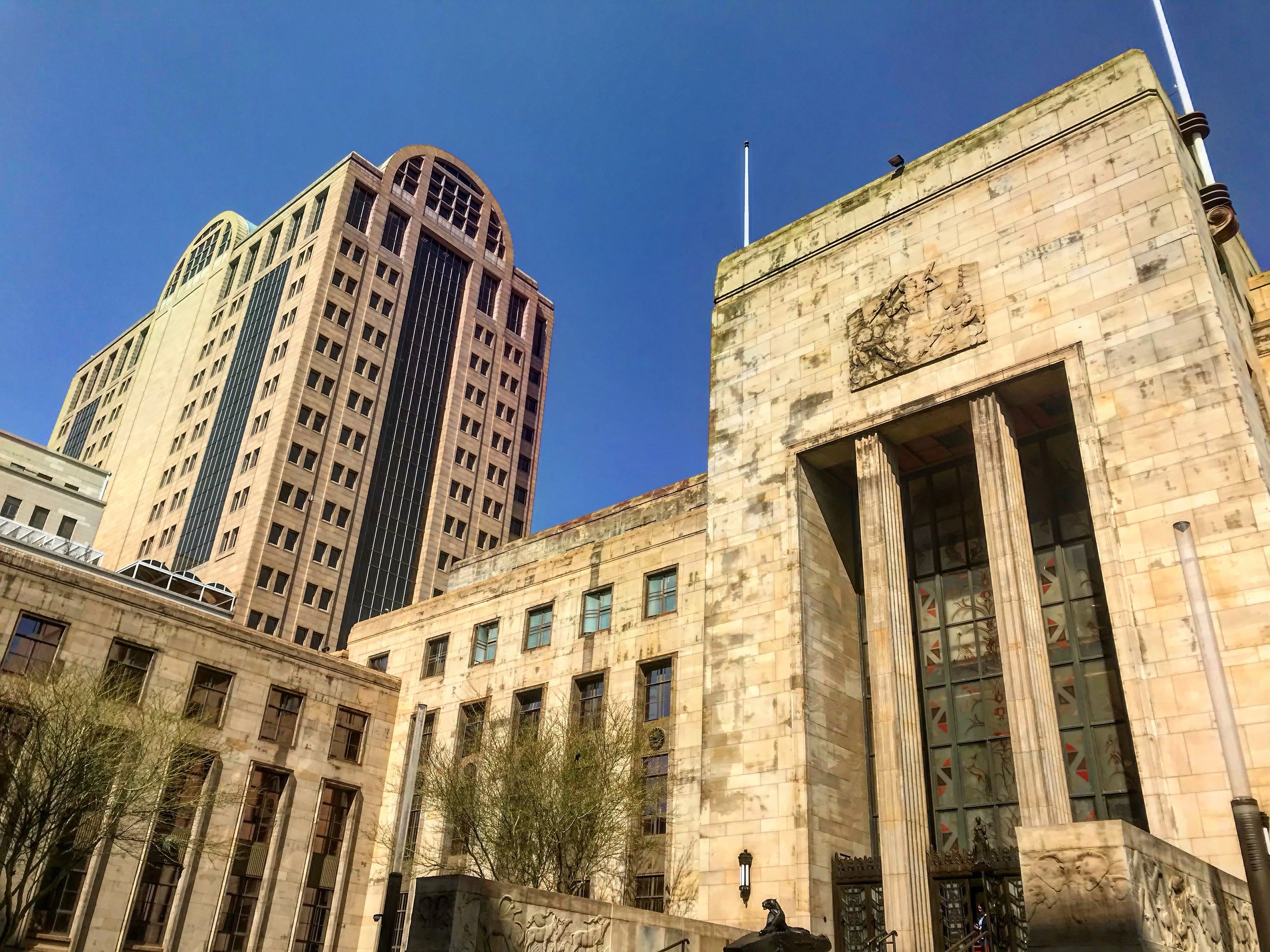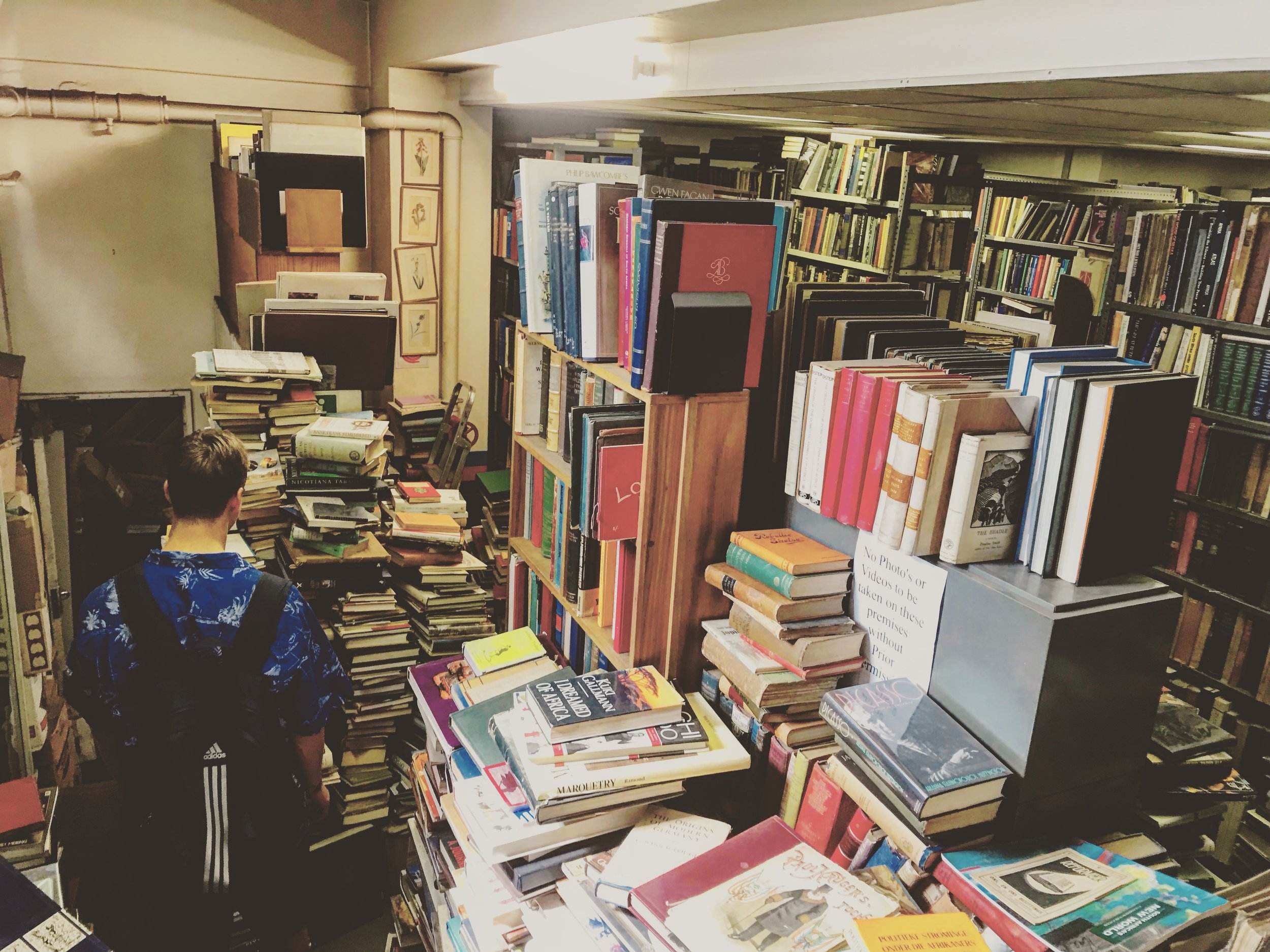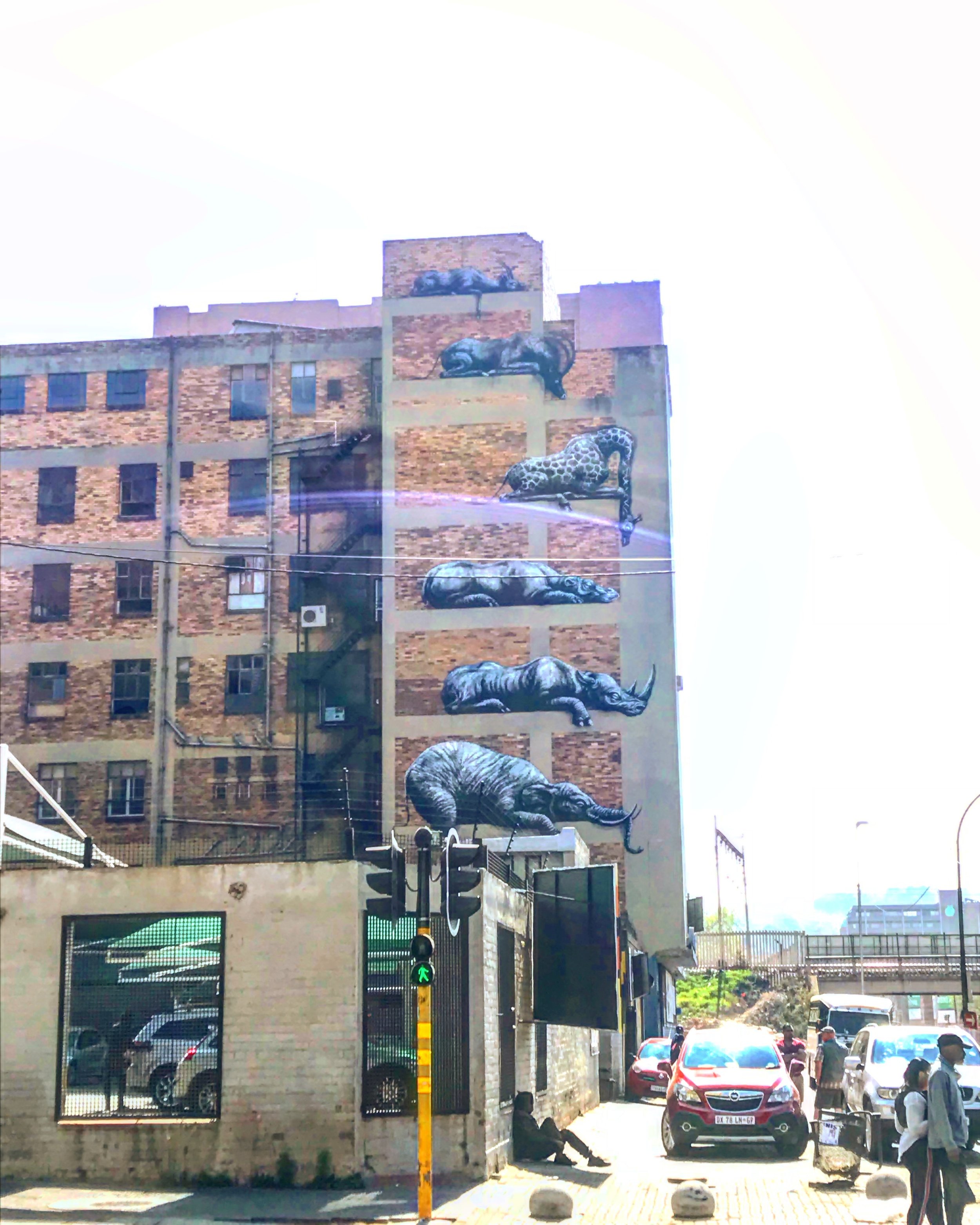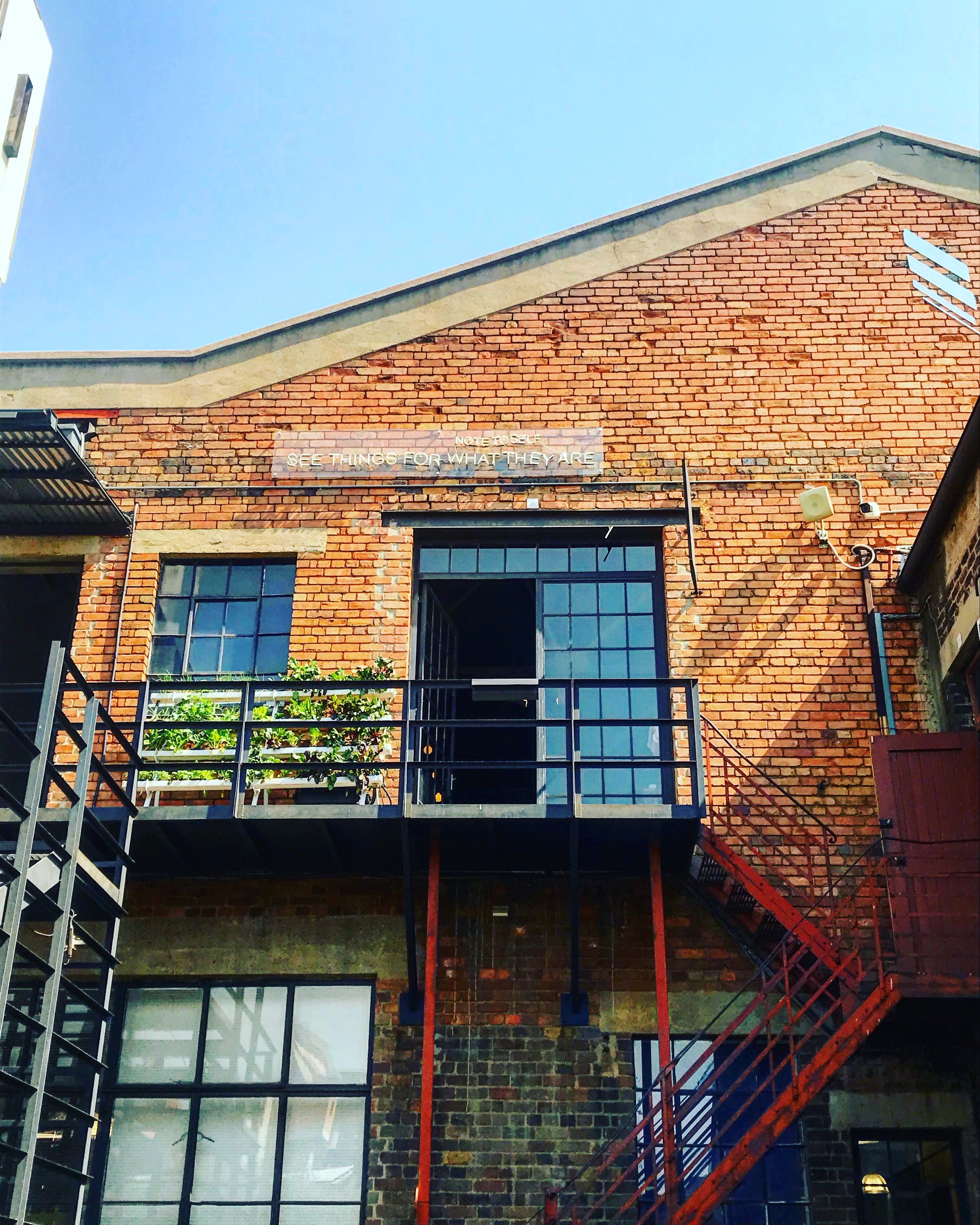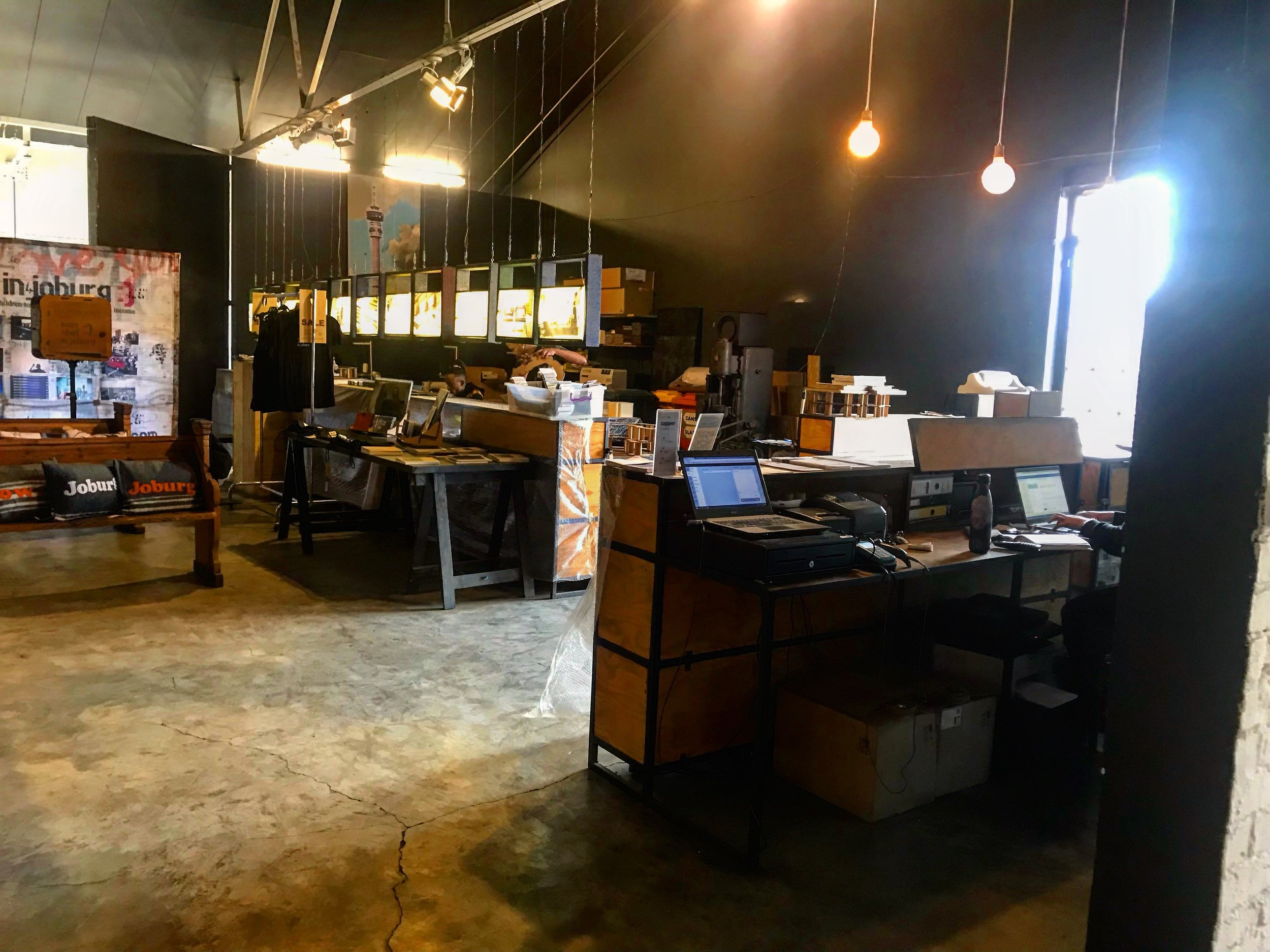Upon disembarking the plane from Heathrow London and, reclaiming our baggage (which threatened to be lost before taking off: the plane realised they had the wrong luggage truck), we took our first steps on South African soil and left Johannesburg airport.
We did exactly what was strongly suggested and called for an Uber. Eight-thousand miles across the face of the globe, and corporate conglomerates ‘Uber’ still own the land. Nevertheless the familiarity and highest promise of safety sat fine and comfortable with me.
We called for a ride, and after the confusion of being on two separate floors of the airport carpark, we were on our way to our first Air Bnb - another cooperation I am happy to welcome on my travels. The ease and flexibility of Air BnB means that I neither have to worry about the condition, comfort or hospitality of backpacker hostels, nor worry about the safety of our belongings, or finally that we must spend big money on hotel rooms. Air Bnb makes for a perfect in between, and it turns out, available at the same backpacking prices.
We drive through Johannesburg, or Joburg as it’s known to locals and such. Nothing remarkable stands out, the usual economic infrastructures, bordering on industrial looking, billboards with cooperate advertising everywhere, large freeways with dark steaming cars.
A turn here and turn there and we bustle into local streets. Suddenly the somewhat western and developed sights begin to depict the juxtaposition: poverty. Our Uber drives through roads of derelict buildings with broken windows, mounds of trash, tire fires with the homeless keeping warm around them. Those on the street look tired, worn, in old dirty clothes, they look at the Uber as it passes and my nerves raise a little. At this point, our otherwise silent driver asks if we are staying here, I check the map, that dreaded final destination dot nearly completely obscured by our vehicle dot… and with hesitation reply yes - indeed the address was correct. He then said…
“Very dangerous… you can see with your own eyes, very dangerous”. Eyes fully maxed, pupils expanded in shock and fear, eyebrows raised, my friend and I both make a silent wish for safety.
As we drove a further two blocks or so South, a contrast as dramatic as as imaginable happened. As one building with no windows or doors leaves my sight, the next is the opposite. Buildings were well crafted, painted, maintained, as though entering the quirky segment of Brick Lane or Shorditch. Cafes and bars and coffee shops made from shipping containers, and an entire road seemingly in uniform, painted chalk black, many with creative, well kept, murals decorating, and graffiti tag areas. With a sigh of relief, it was on this road we found our Air Bnb which resided in a large ‘creative community’ with spaces rented to artistic merit, or to locals for Air BnB business.
The next day we decided to do the recommended walking tour of Maboneng. It was here the contrast was explained: this jump from the dangerous hostile, homeless streets to the North - to the artistic, friendly, up and coming welcoming streets.
Here the story was told…
A gentleman by the name of Jonathan Litman - a student from South Africa who decided to save up in order to travel and see the world. He studied different cities and how they dealt with community, poverty and homelessness. He then returned to Jo-burg with an idea based on the local tradition - the spirit of ‘Ubunti’ - meaning ‘humanity - I Am Because We Are.’
He started with his first project in 2009 the ‘Market on Mains’ where he converted a huge warehouse into a food market and creative space for artists to independently sell their goods, attracting thousands each weekend and quickly becoming the busiest place to visit on a Sunday: the day of the farmers market. This allowed him to continue to invest and to equally find investors interested in his model that seemed to be working.
He privately invested in affordable social housing in this new idea of a non-gated, non-dangerous community, where people could walk freely on the streets, and where creatives could “work, live and play” in the same place. Here it was explained that many people travel a minimum of an hour and half to get from their homes to their work placement due to the economy not accounting for affordable housing within the economic centre.
He designed these homes to be inclusive to middle and lower classes, all while keeping them affordable: such the up cycling and conversion of storage containers into small liveable homes.
Considering the previous state of the area, many buildings Jonathan Litman attempted to acquire for renovation were practically given to him. A further knock on effect is that owners of otherwise derelict buildings returned, to renovate their properties in the same way Litman was doing, as they can see the area becoming welcoming, and desirable and they finally deemed it worth it.
To ensure that families could function in the community, he went ahead a built a children’s school, and a large supermarket. As well as this he took the street vendors working out on the streets in their make-shift shacks, and built their businesses into the outside of the school, thus making their trade legitimate and professional and inclusive for all.
He then commissioned famous artists from around the world to paint murals on the buildings. Such as famous and important cultural and historical figures of independent South Africa: painted with pride and talent, such as the largest mural of Nelson Mandela in South Africa can be found climbing the side of a social housing project, activist and renowned singer Chaka Khan looks down over the cafes from the top side of a gallery. As well as this, one large homing community has been turned into a beautiful vertical garden enhancing the overall image of the buildings, and creating good for the environment.
In this way he started to privately fund his own community: renovating homes in the derelict buildings, but also creative spaces such as: art studios, galleries, cafes, an independent cinema, a community theatre.
He continues to make it sustainable, for everyone, by ensuring that the projects are run by at least 60% locals and 40% to internationals. He said, very importantly, said no to co-operate franchises: such as denying a Starbucks application in the belief that this would ruin the entire point, and make it unsustainable for the locals.
As artists traveled the world to paint the buildings in the Maboneng district, more artists became attracted to the idea, to the area, to open personal studios in the spaces, to actually live there, and to invest. All of whom take an oath to adhere to the strict rules of keeping it inclusive, creative and social.
Furthermore, Jonathan Litman quite literally cleaned up the streets, taking previous dumping grounds, and therefore breading grounds for trouble…he disposed of all the communities rubbish, flattened the floors around those areas and created them into designated ‘tagging’ spots for graffiti artists: the result, is that no-one litters there and instead create art.
It’s attracted other charitable programmes and international NGO’s too, such as the Tony Hawks Foundation that currently has three ‘learn and skate’ projects in the world: one based in the heart of Maboneng whereby children can go after school and for every hour of school work they complete that can learn to skate for one hour thus keeping kids entertained, educated and off the streets.
This is the definition of a grassroots campaign. Perhaps even a grassroots gentrification - the good type we don’t hear about anymore.
At no point have the government invested money into any of this now thriving area, it has all been from the community and private investors. There are opportunities for people to open their businesses independently, practise their art, and live with their family where they work for affordable prices.
The plan is to extent the community North and South until the district stretches for many blocks, and will / is certainly helping to create an economy for the all. It’s all about integration of everyone, regardless of age, colour, religion, class… a place where those who want a chance, can get one. An inclusive area where people drink coffees outside cafes together, share home-made pizzas, explore galleries and book shops. It is a safe space that with the likes of Uber have made accessible and easy to access too, therefore creating many many daily visitors. It is the only place in all of our Africa trip, we were advised we COULD walk the streets in safety.
Maboneng stands colourful, creative, loud and proud. It is quite simply a fantastic model of a system that can function for the many not for the few: an all-inclusive community built upon creativity and void of any Government of co-operate self interests.
I was stunned to learn how this artistic hive had come about, stemming from one guys selfless dream, and clever approach. Thought through in order to keep it sustainable and in order to grow and expand. It’s magnificent really. I can’t wait to re-visit Maboneng and see how it’s grown along with it’s lovely community.
————————————————————————————————————————
8th of September EDIT:
I have returned from Botswana, and due to our flight leaving from Jo-burg airport, we are in the exact same building as we last stayed, in the centre of the Maboneng district, and this time, there is a film festival.
Certainly here I am seeing by far the trendiest looking people I have seen this whole trip, reminiscent of walking the streets of London during fashion week, everyone looking so smart and dapper.
There are events on everywhere, people walking from one to the other, as though we were not in the middle of crime ridden South Africa, where it is a gamble of life and death to not ‘uber’ even three minutes in any other area except the Maboneng district.
The scenes are so fresh and vibrant and incredibly artistic, it’s overwhelming. The district could be transported to any developed city in Europe, make sense, but then also still look authentically better, because let’s face it… these people have some serious style.

